Zagorohoria
Zagori consists 46 villages. The name “Zagori” is Slavic and means “beyond the mountains”. The architecture of all villages is defined by stone and wood, what you can notice on photos. Because of their preserved traditional appearance, they were included in the UNESCO World Heritage List in 2023 (45th session of the World Heritage Committee).
Villages of Zagori are built in the area of Tinfi, Pindos, and Mitsikelli, so the nature of this area will leave you breathless. With amazing nature this part of Greece is attractive for eco-tourists, also there are many historic and archaeological spots. The biggest city in this area is Ioannina. With beautiful lake Pamvotida and strong cultural traditions, this city has to offer a lot to visitors. Five days wasn’t enough to visit everything, but these are some attractions of this area.
Dikorfo village is one of the most mysterious villages built on the northeastern slopes of the Mitsikelli. The population is going from 50 in the winter to 300 in the summer, but I met only three persons on the street while I was there. On the small square, you can find greek kafenio where you can sit and enjoy the amazing nature.
Monodendri village is built at a height of 1060 meters. Because of scenery and traditional architecture, Monodendri attracts tourist, especially during the Christmas period.You can find here many souvenir shops, tavernas, hotels, etc. On this picture is one cute cafe named “The secret of my grandmother”. You can sit here and enjoy village scenery, also the owner is a young lady very polite and in a mood to help tourists and give all information you need.
This part of Greece is also well known for its many bridges. One of them, bridge Kokorou is in Kipoi village.
Tsepelovo, the biggest of 46 villages of Zagori. It lies in the middle of the Vikos - Aoos National park. The village is full of tavernas and cafes, cute and picturesque.
Vikos George, the 20km long and 1600m deep is the world’s deepest canyon, according to Guinness. From the village Vikos there is a trail which leads down to the bottom of the canyon. You will need around half an hour to go down, and 45’ to go back. In the bottom, there are springs of Voidomatis river. Nature is breathtaking and this canyon has to be on your “bucket list” definitely.
On the way to Papingo village is Voidomatis river with amazing turquoise color. The river has been characterized as one of the cleanest rivers of Europe. During the summer a lot of people is coming here for swimming. It is very popular for rafting and other extreme sports on water.
Megalo Papingo is one of the most beautiful and popular villages for tourists.
Between Mikro and Megalo Papigo you will find the natural swimming pools, called “Rogovo”. It is really amazing, but maybe it is better to come here in spring when its filled with water.
Finally, we are in Mikro Papingo. This is the entrance of Tourst organization of this area. You can get here all information. Also, in this village is beginning of the road to Dragon lake, you need around 4,5 hours hiking to reach this amazing place, and it is recommended to have hiking shoes.
On photos, you will see the statue of Pindos Woman. During the Second World War, they carried food and munitions on their shoulders and like that they were helping to fight men.
After Zagohoria, we visited Ioannina. On the lake of Ioannina you can take a small boat and go to the island of Ioannina, where is an Ali Pasha’s house. Ali-pasha of Ioannina, was a Muslim Albanian ruler. He was well known for his cruelty.
And for the end, I left something you can’t miss. That is the wax museum “Vrelli” dedicated to Greek history before and during the revolution and period of Second World War. The sculptor Pavlos Vrellis was working for 13 years on this project and it is absolutely amazing. Next few photos I took from their website because it is forbidden taking photos in the museum.

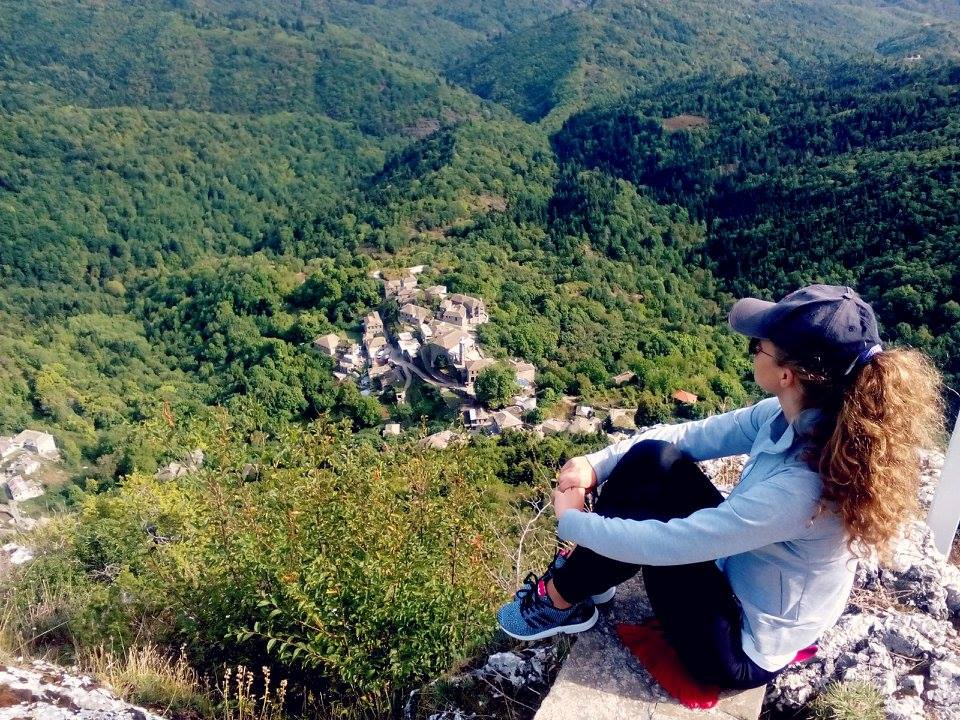
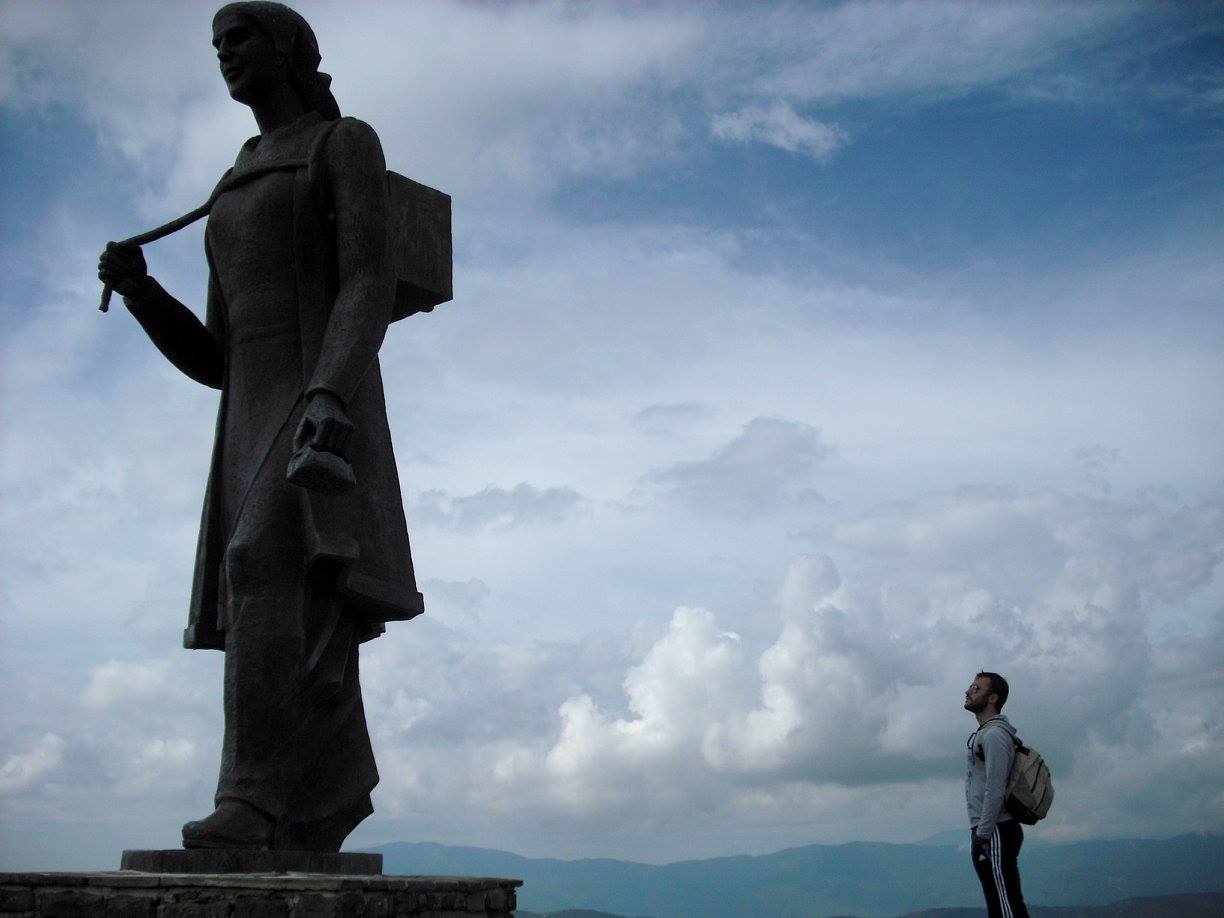
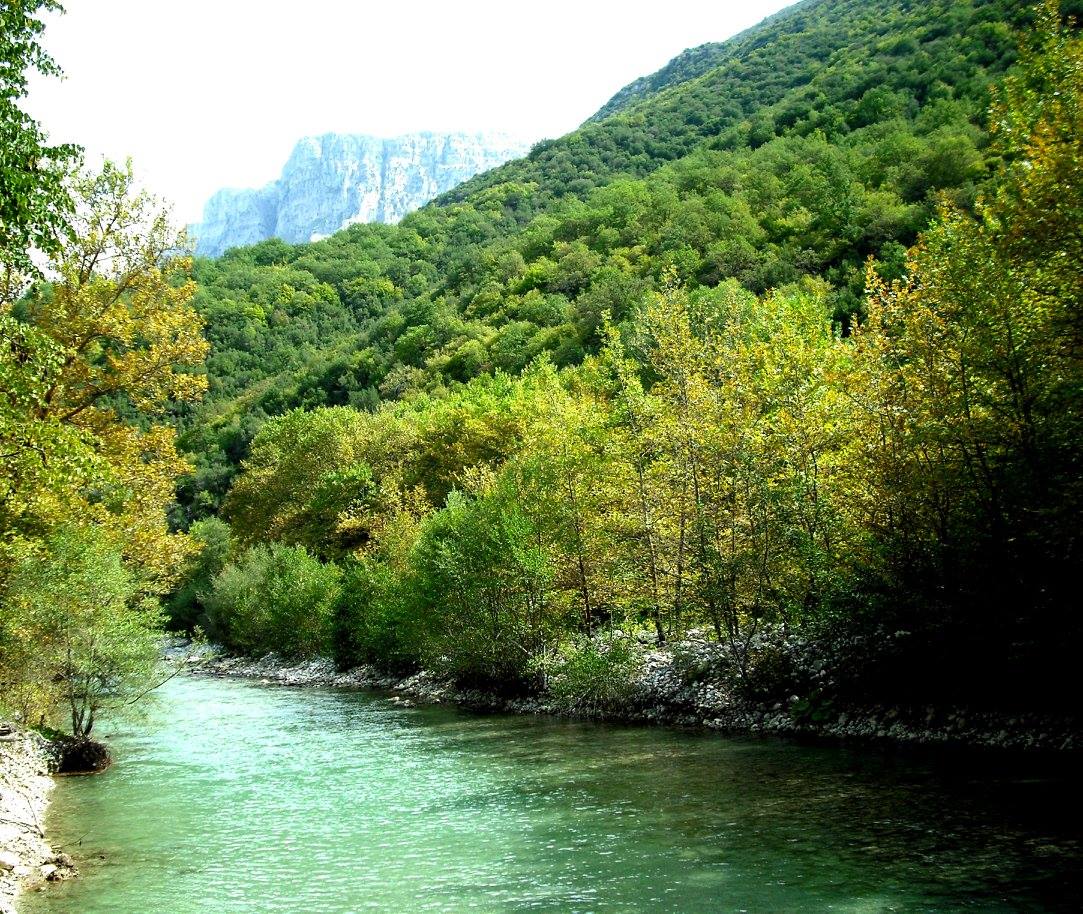

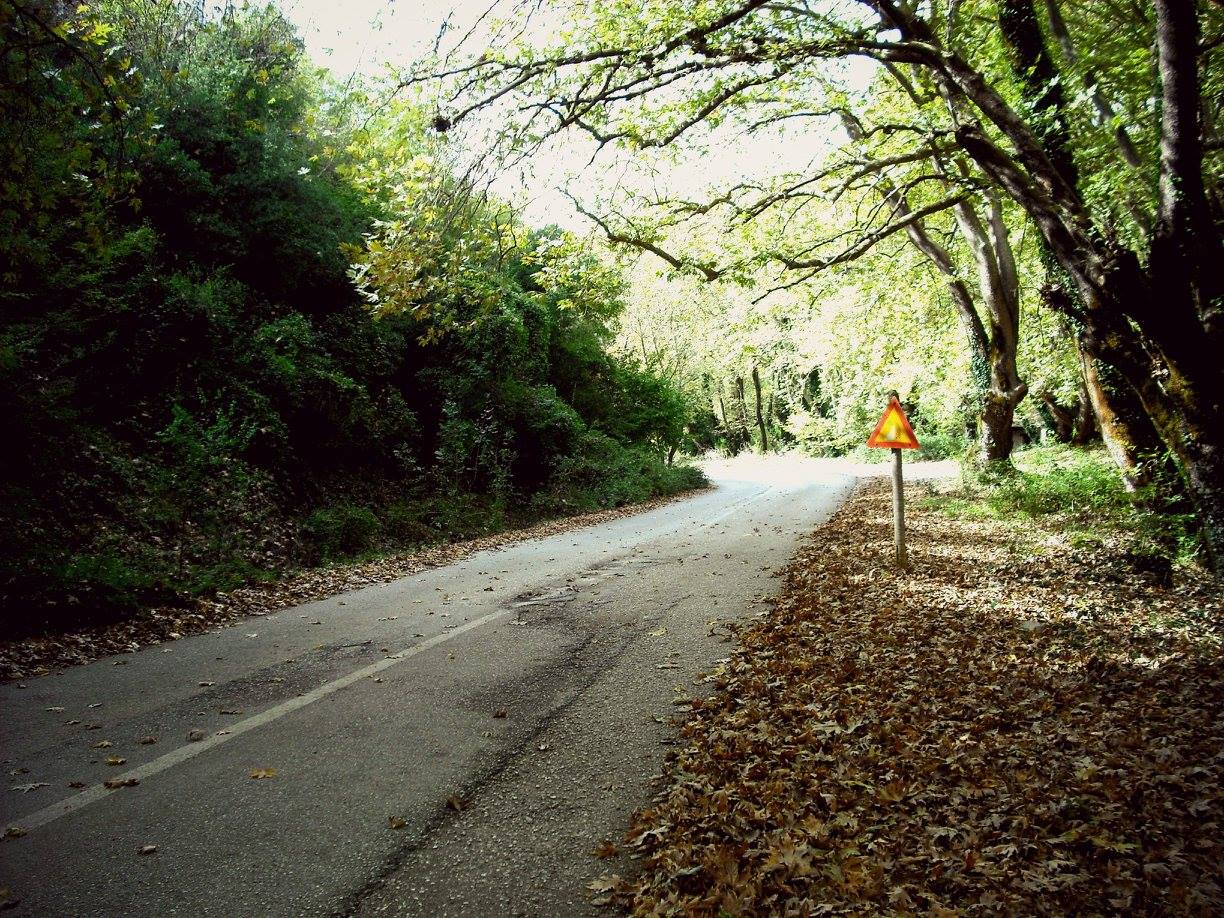
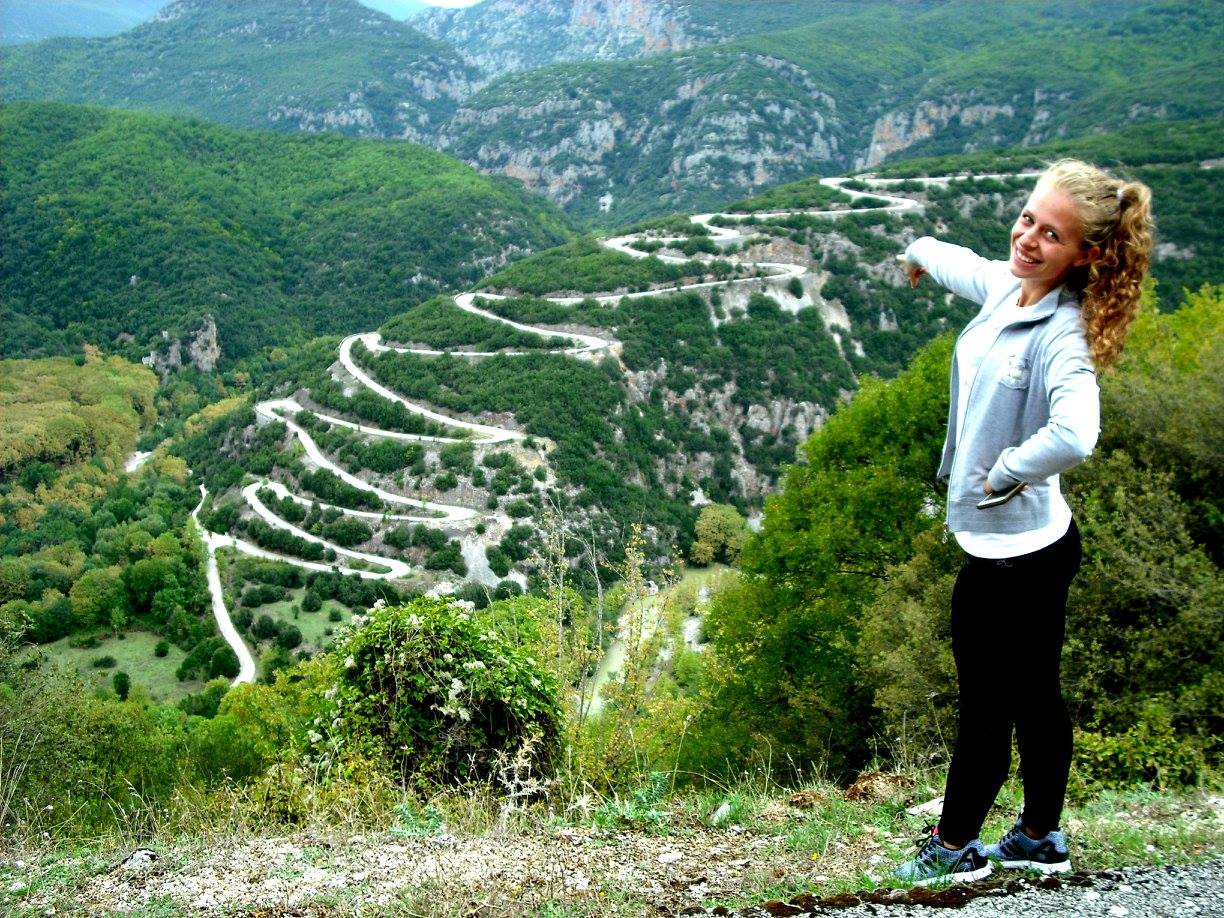
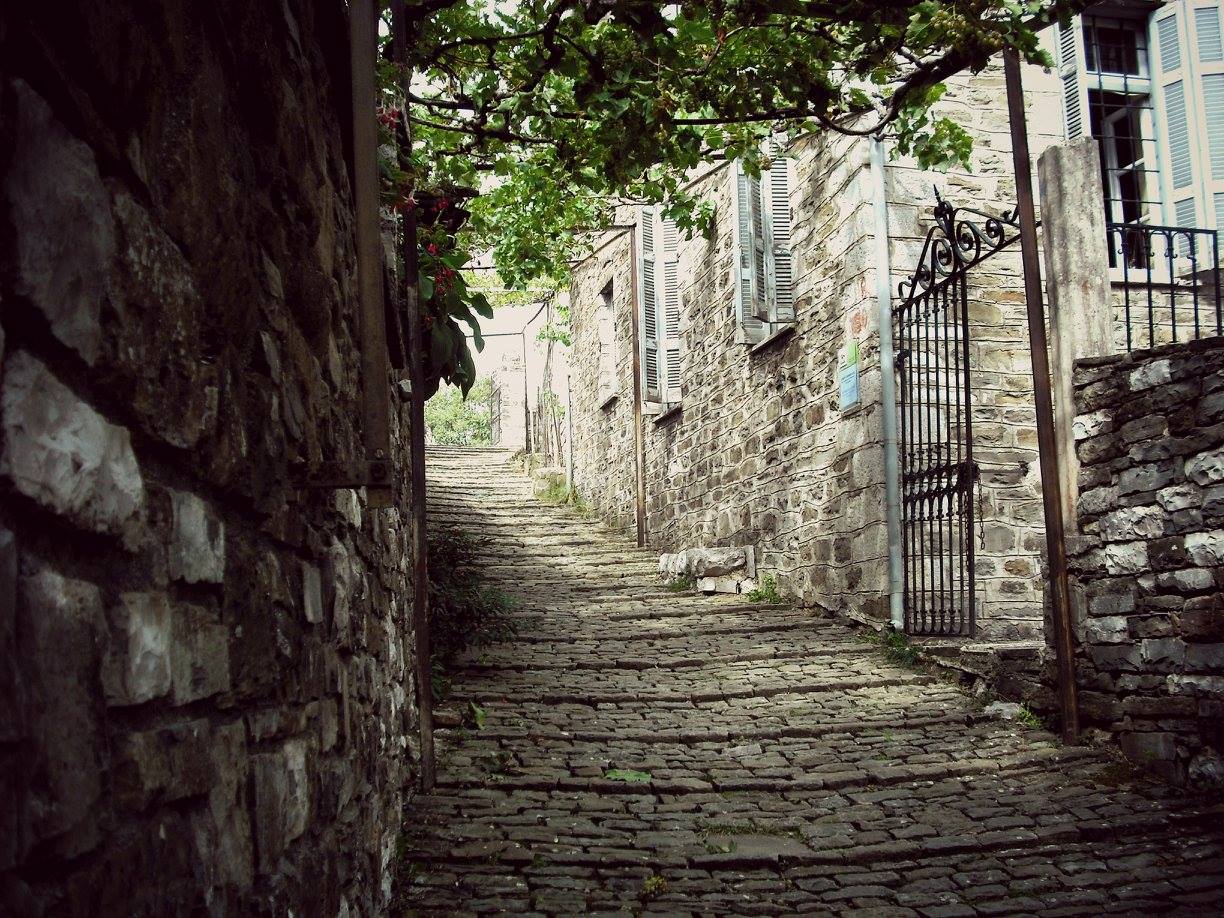
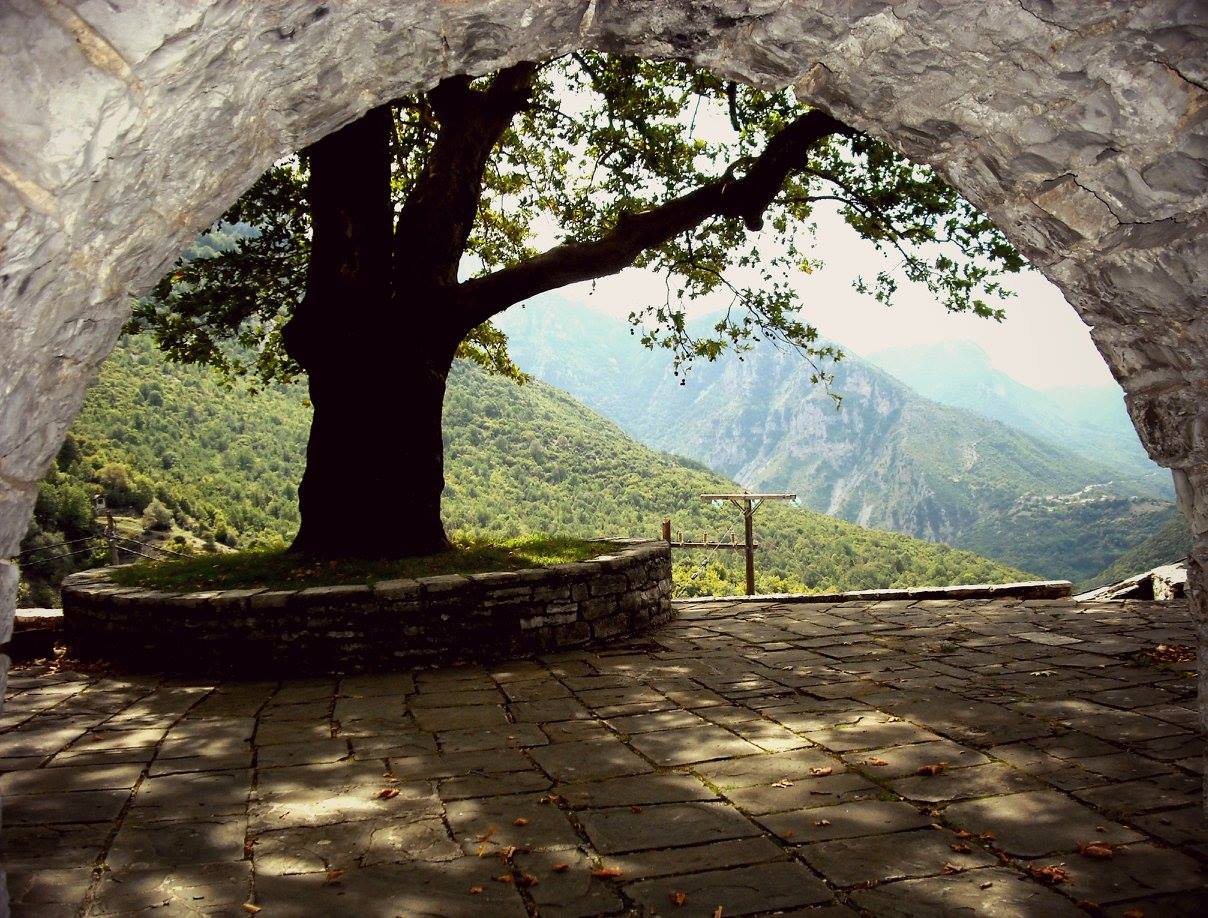
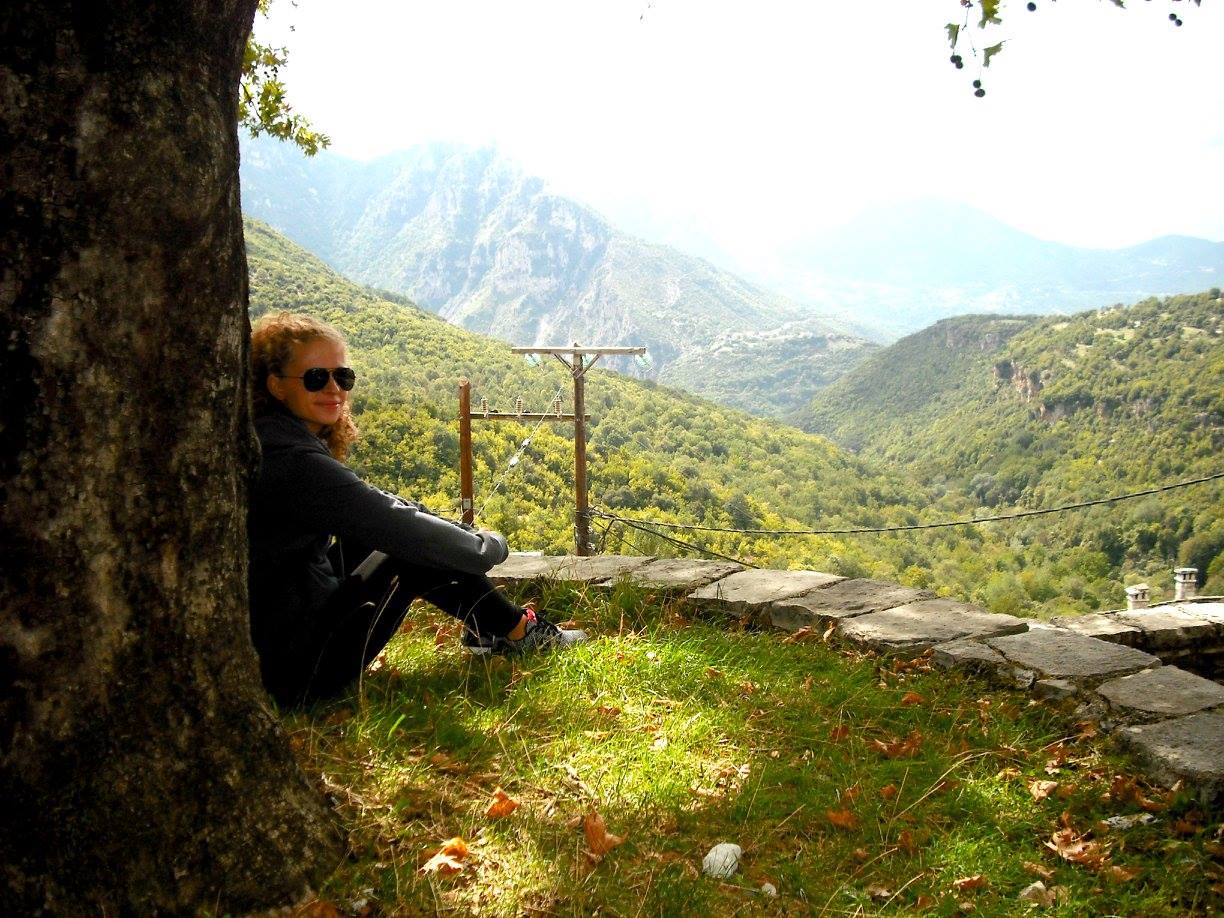
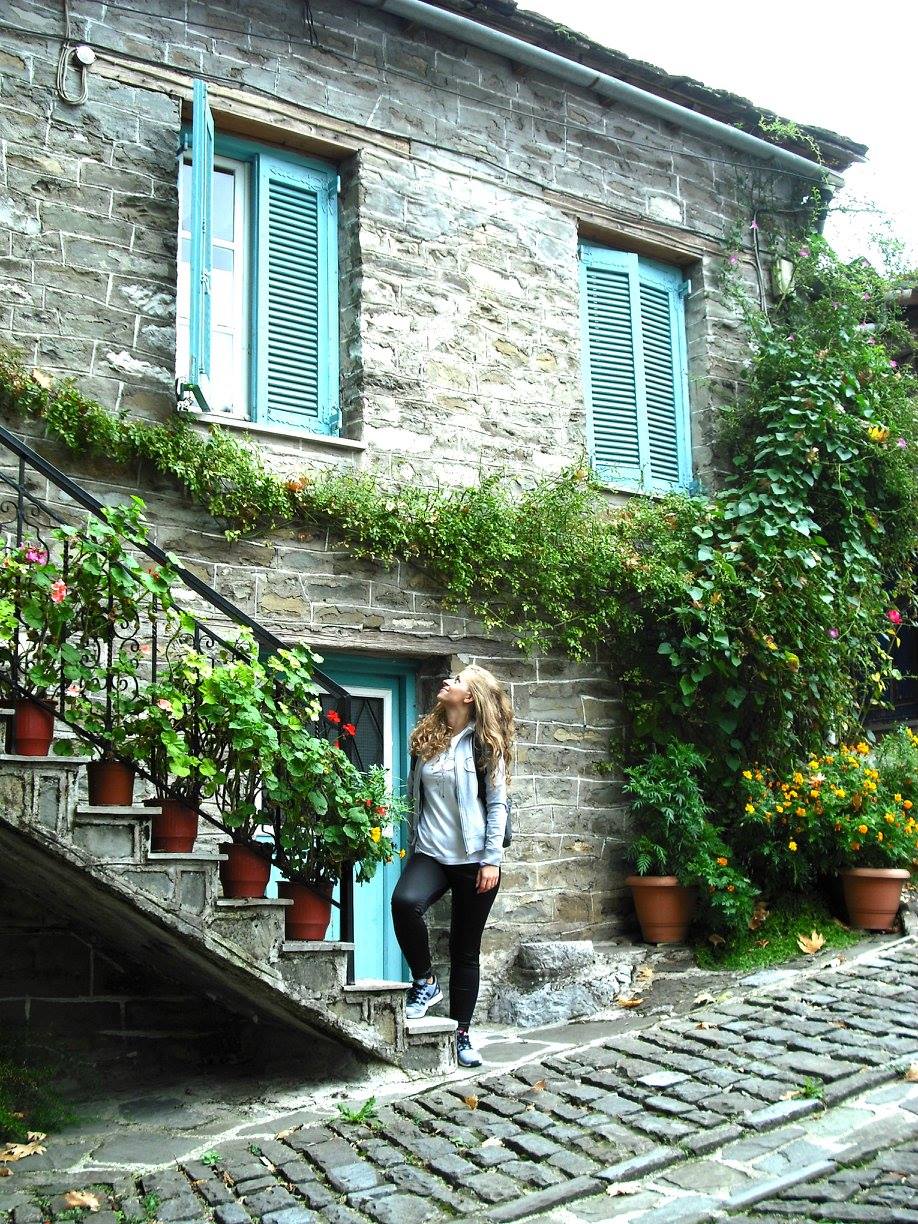
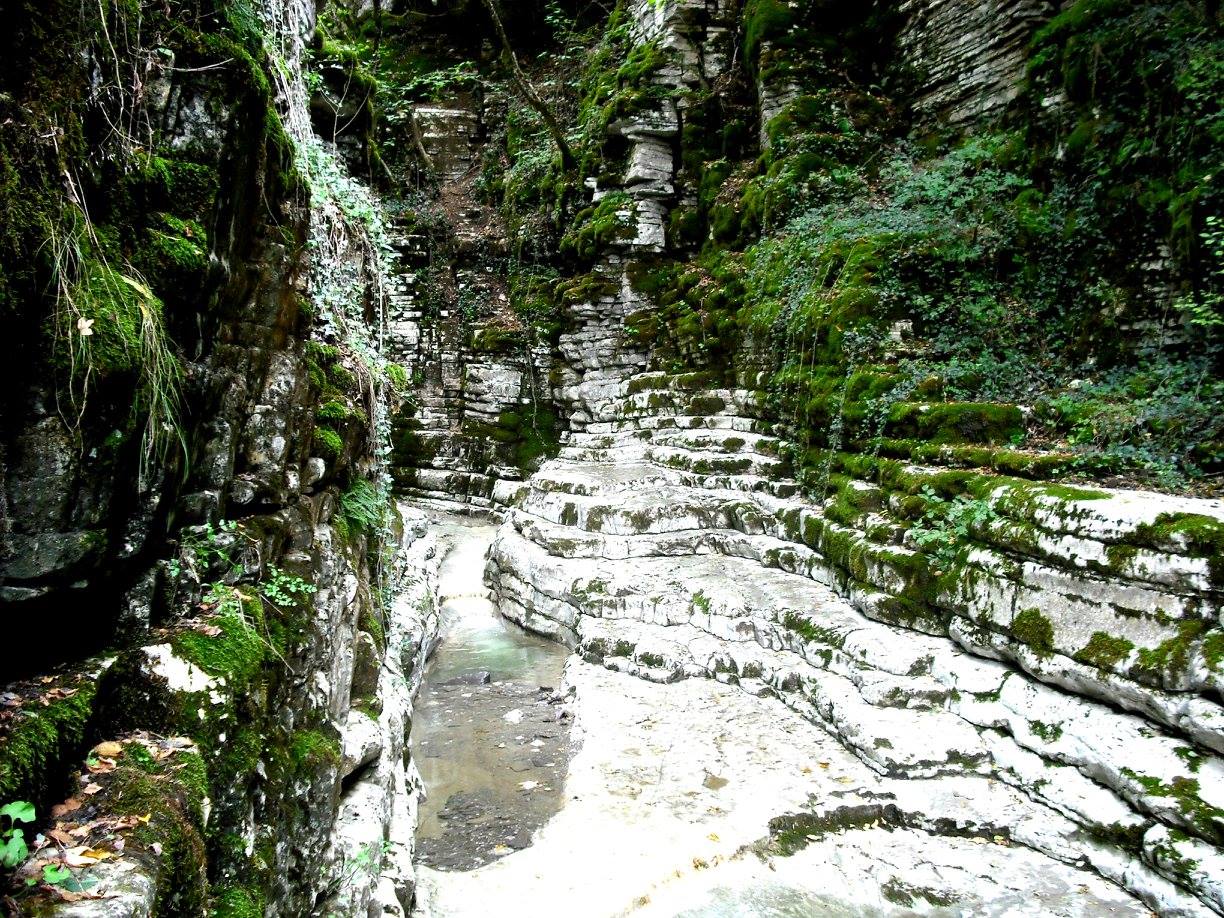
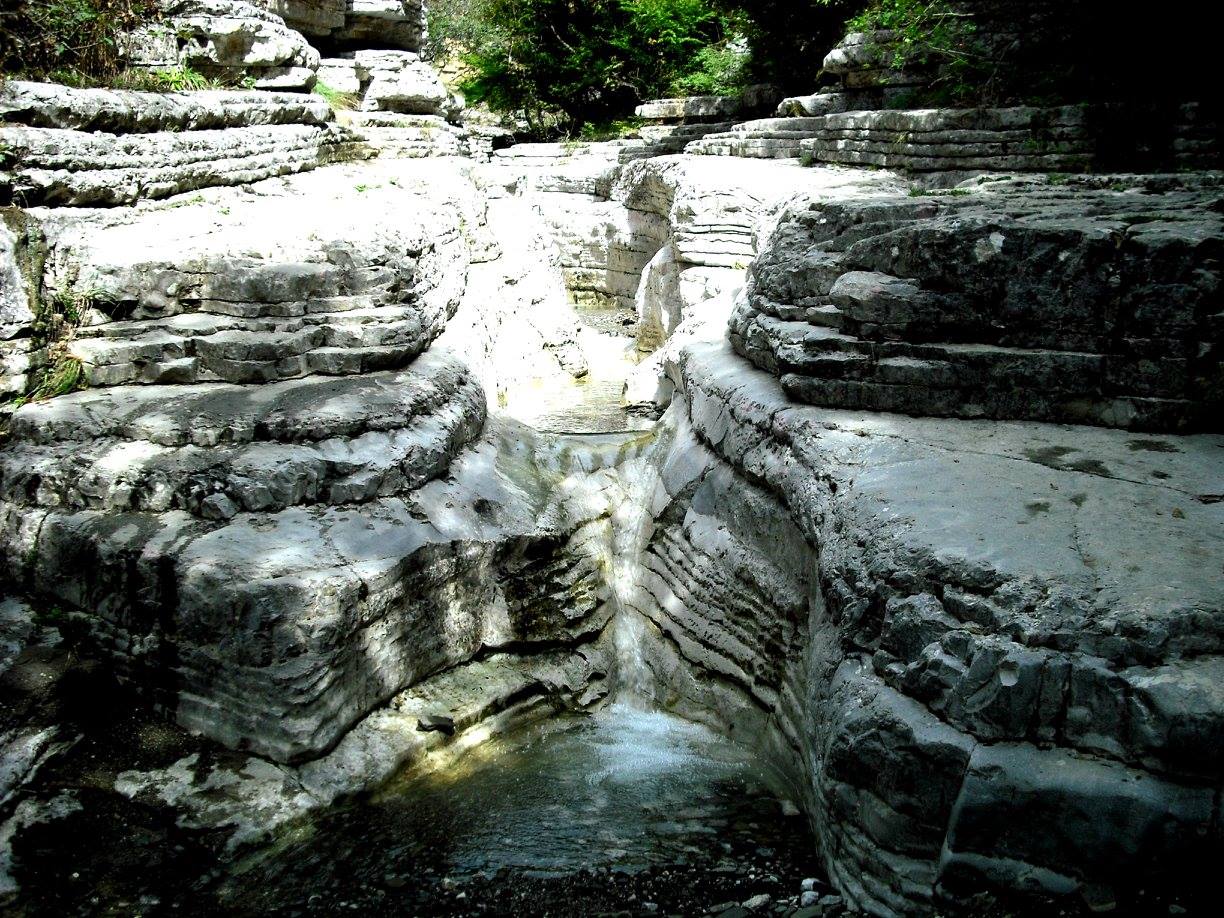
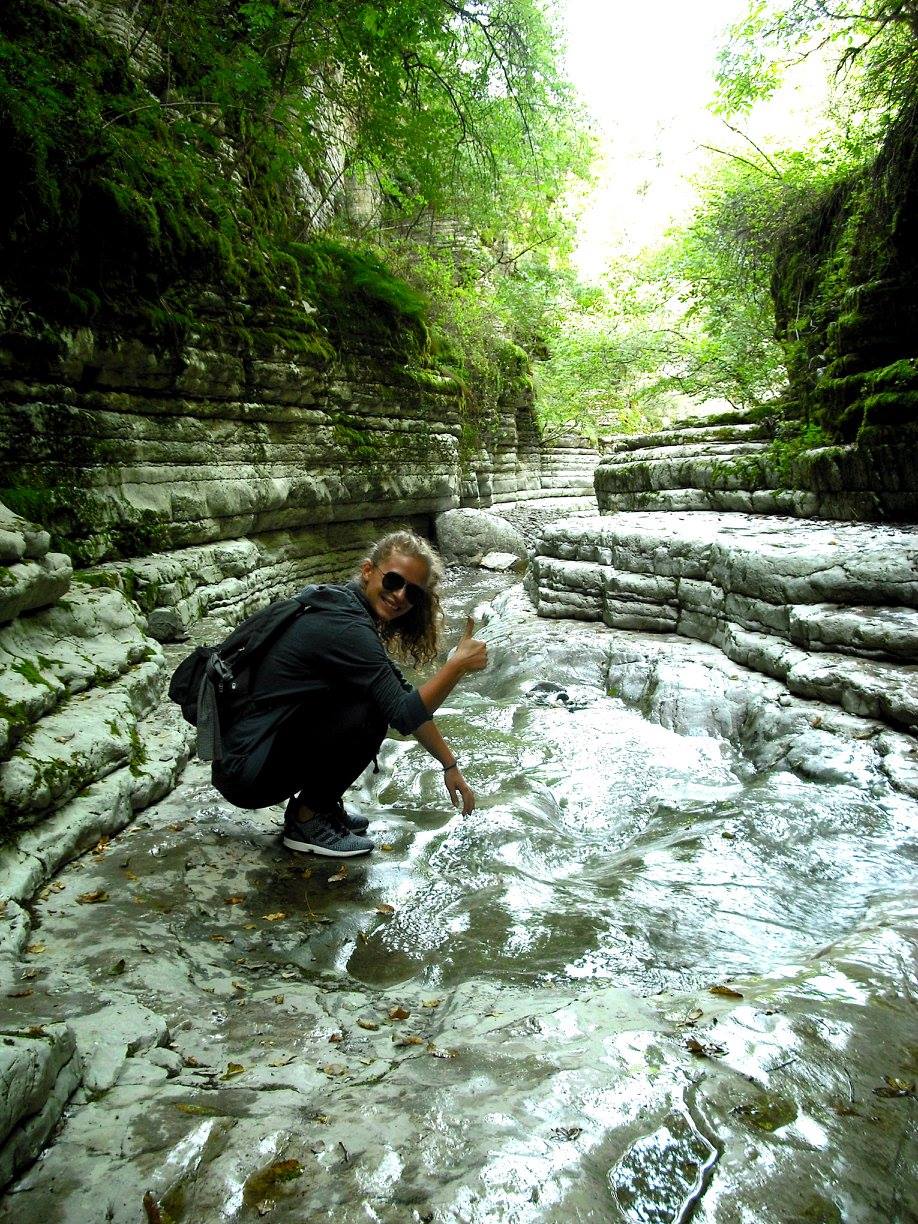
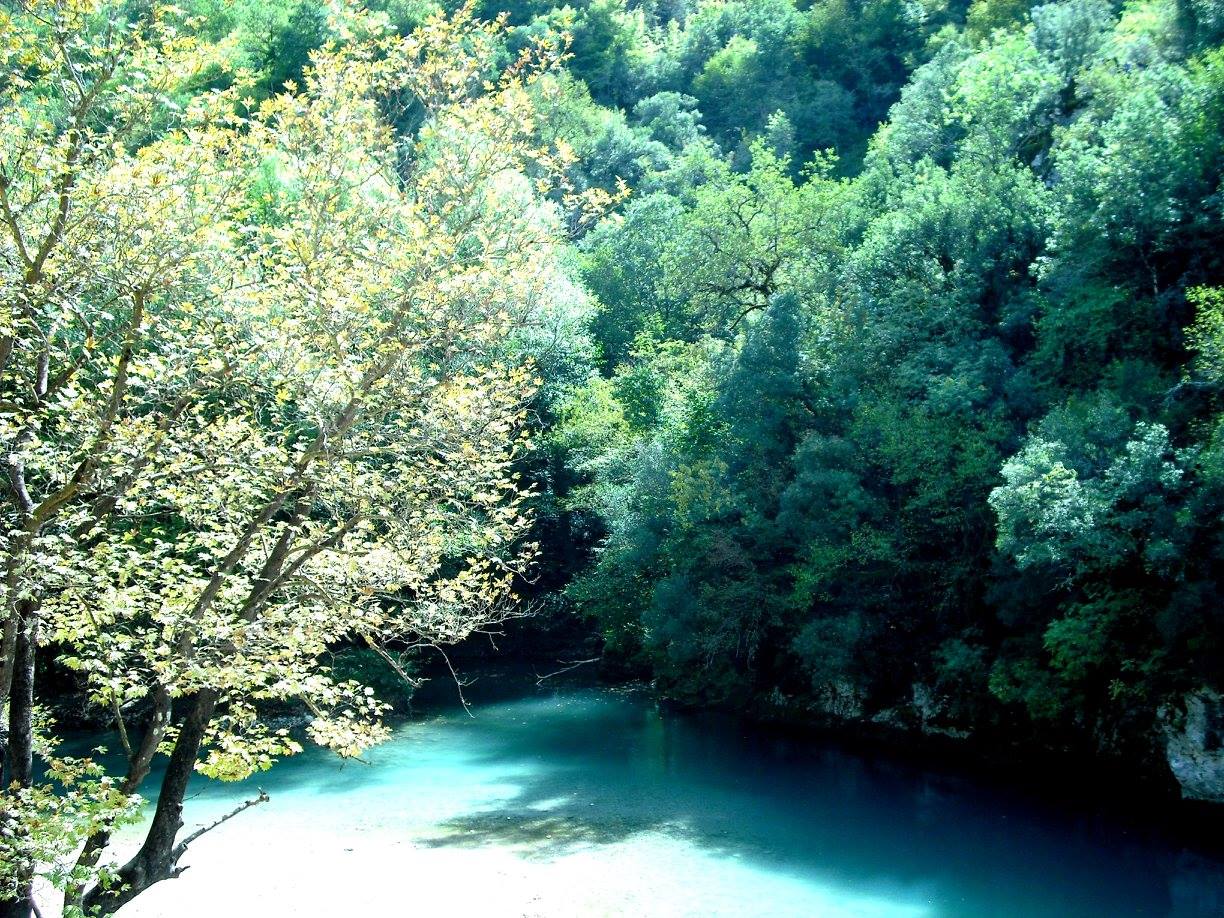
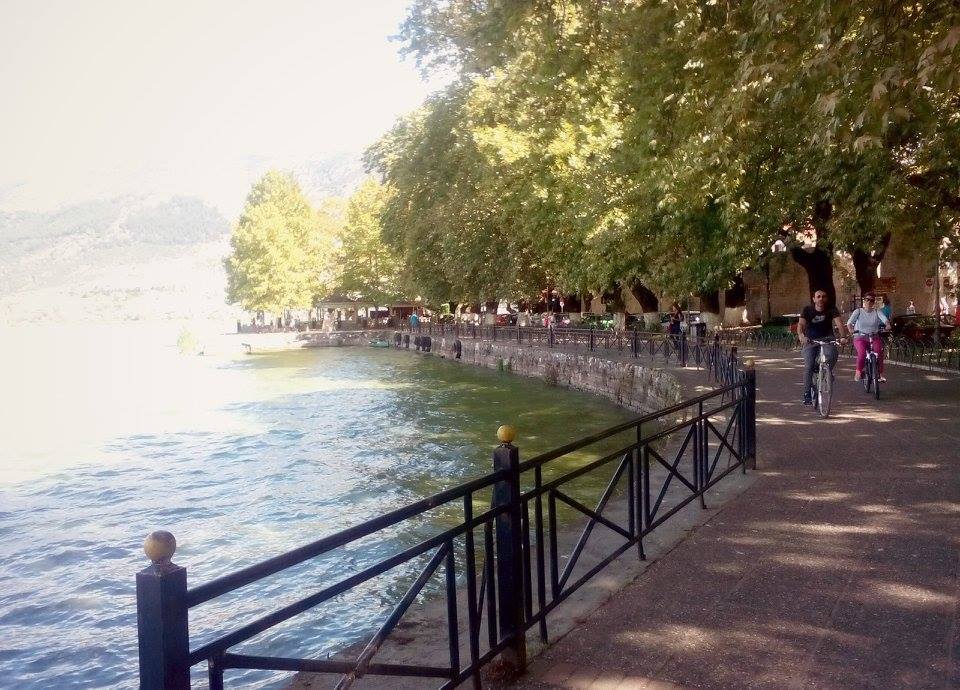
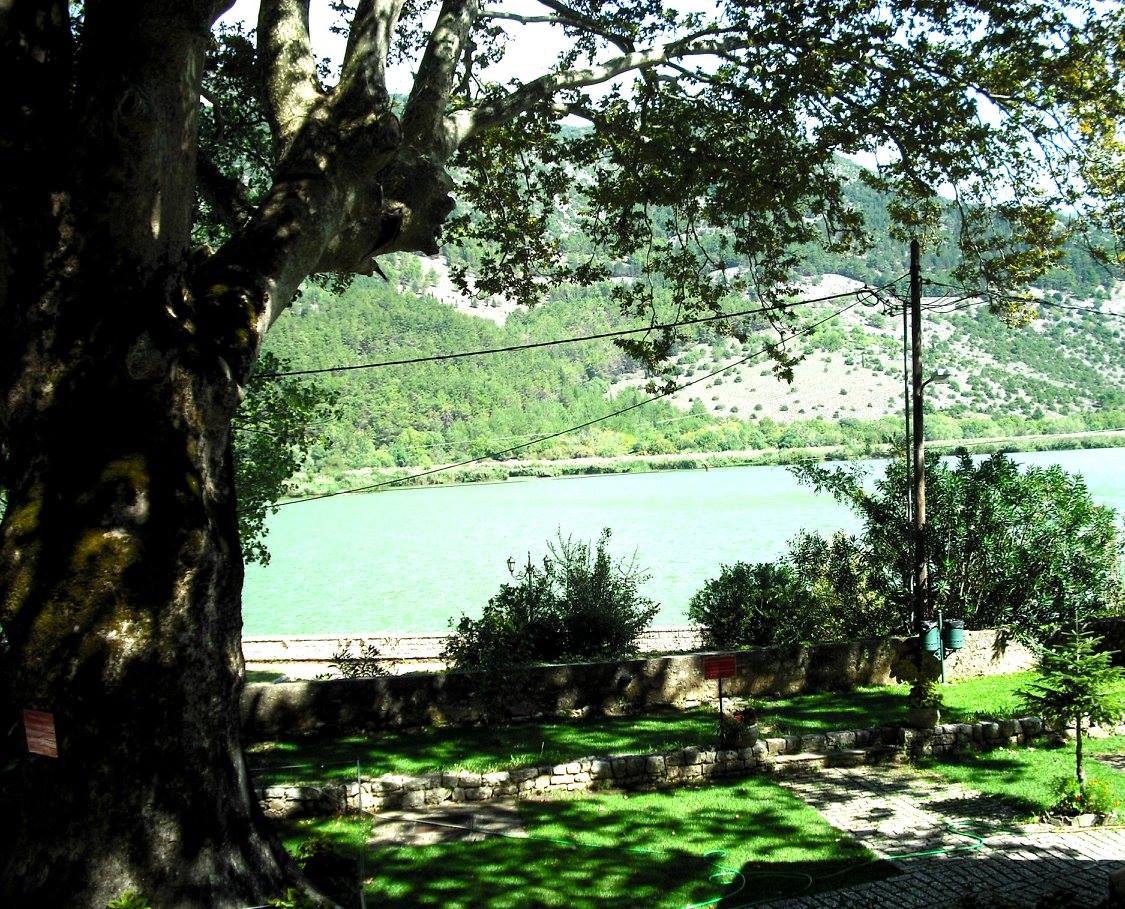
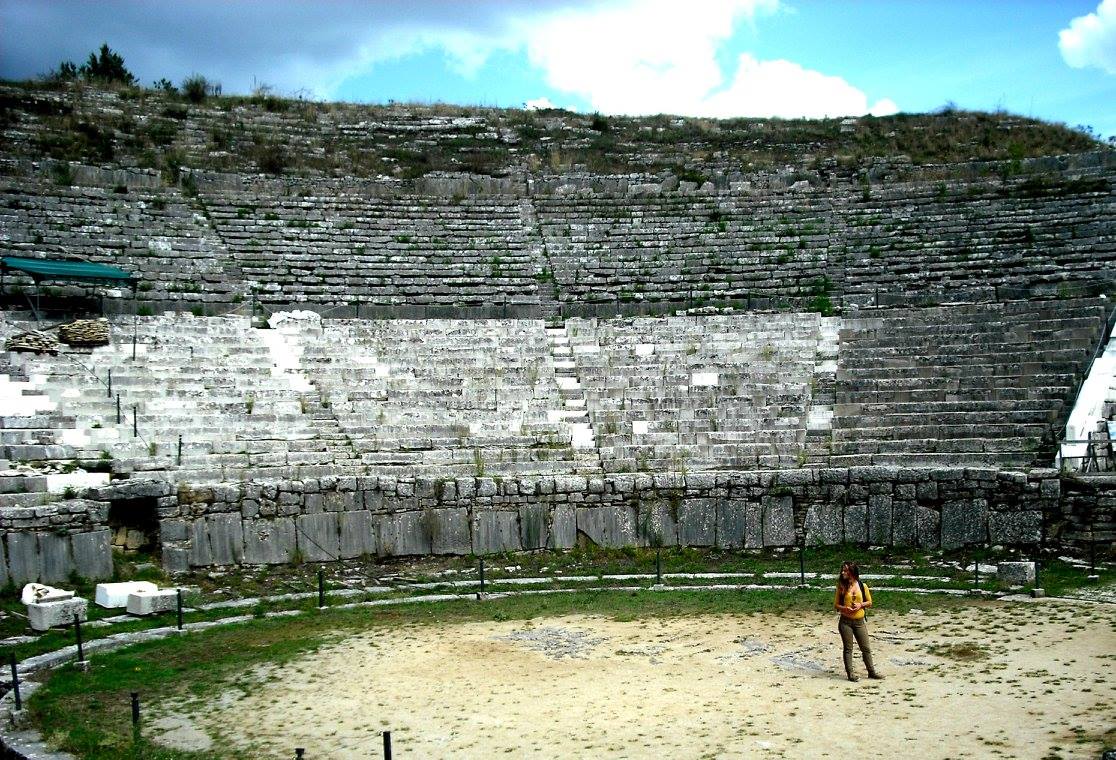
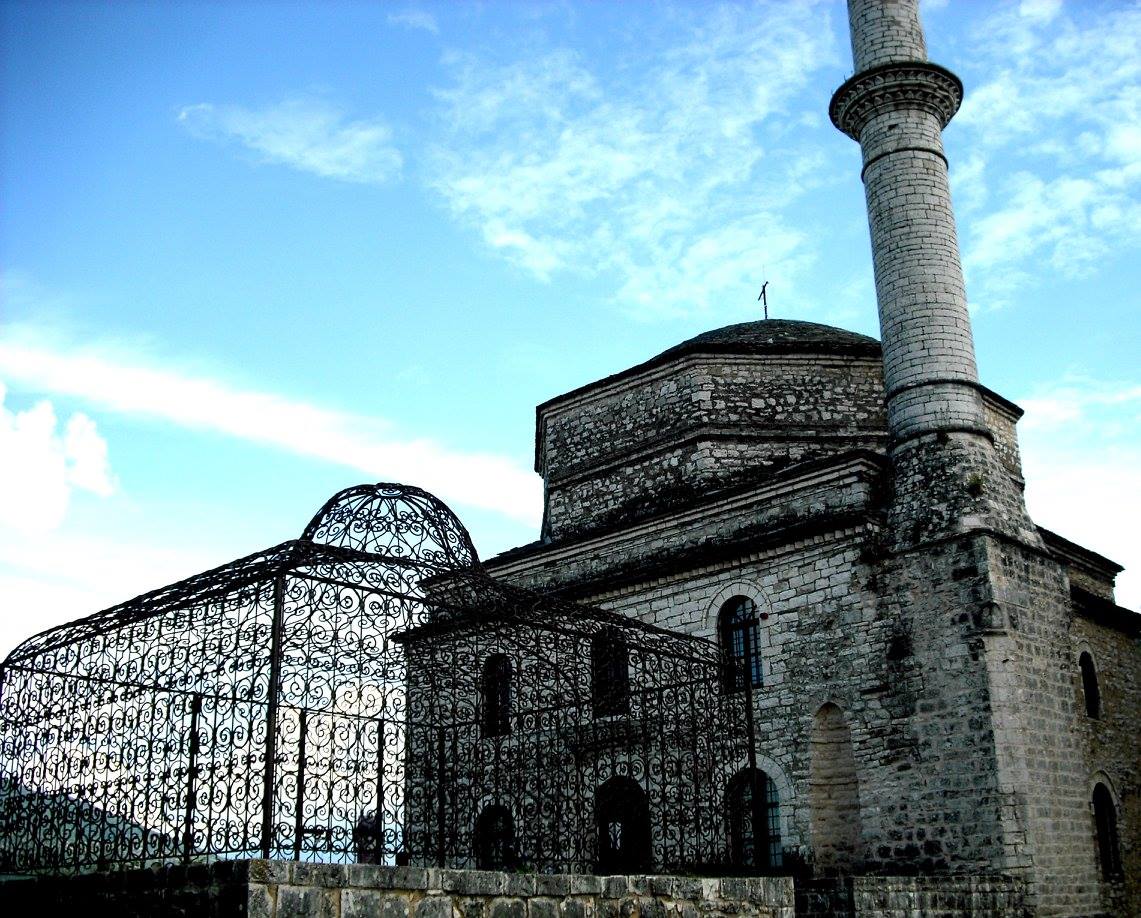
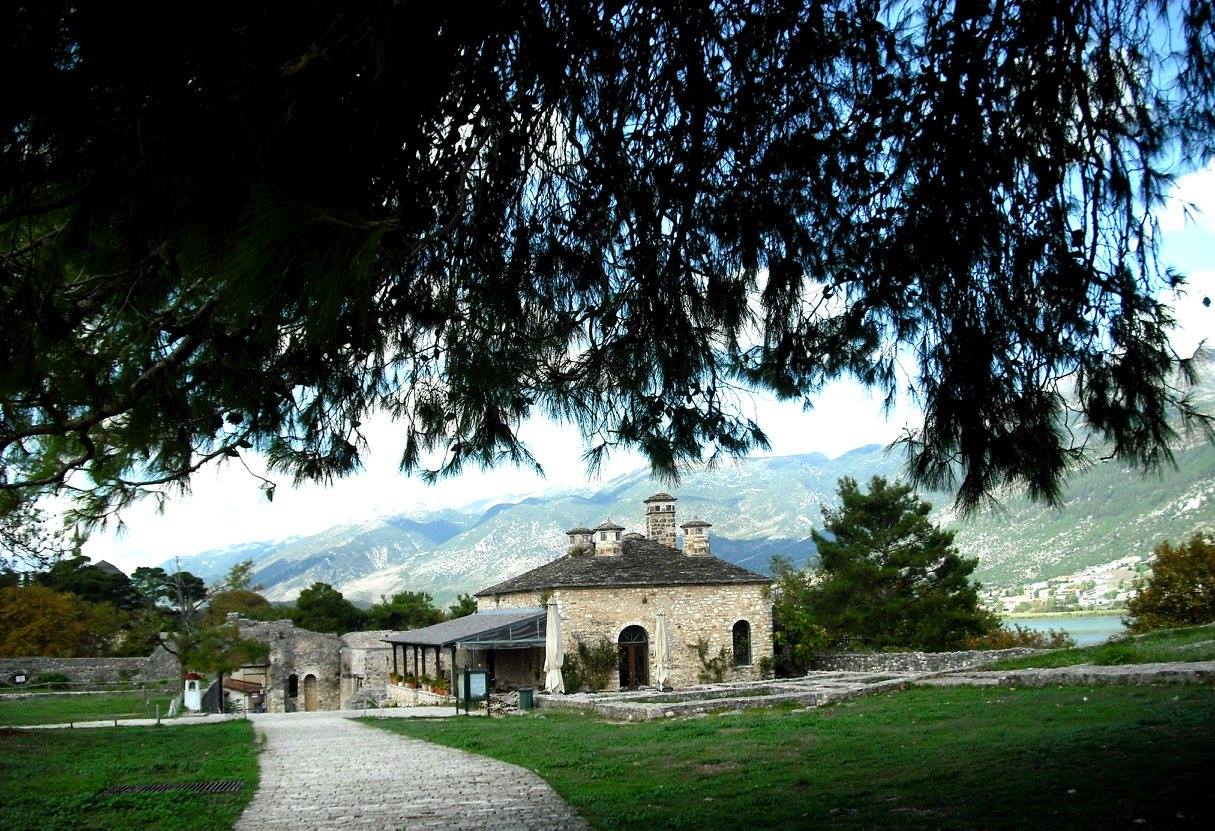

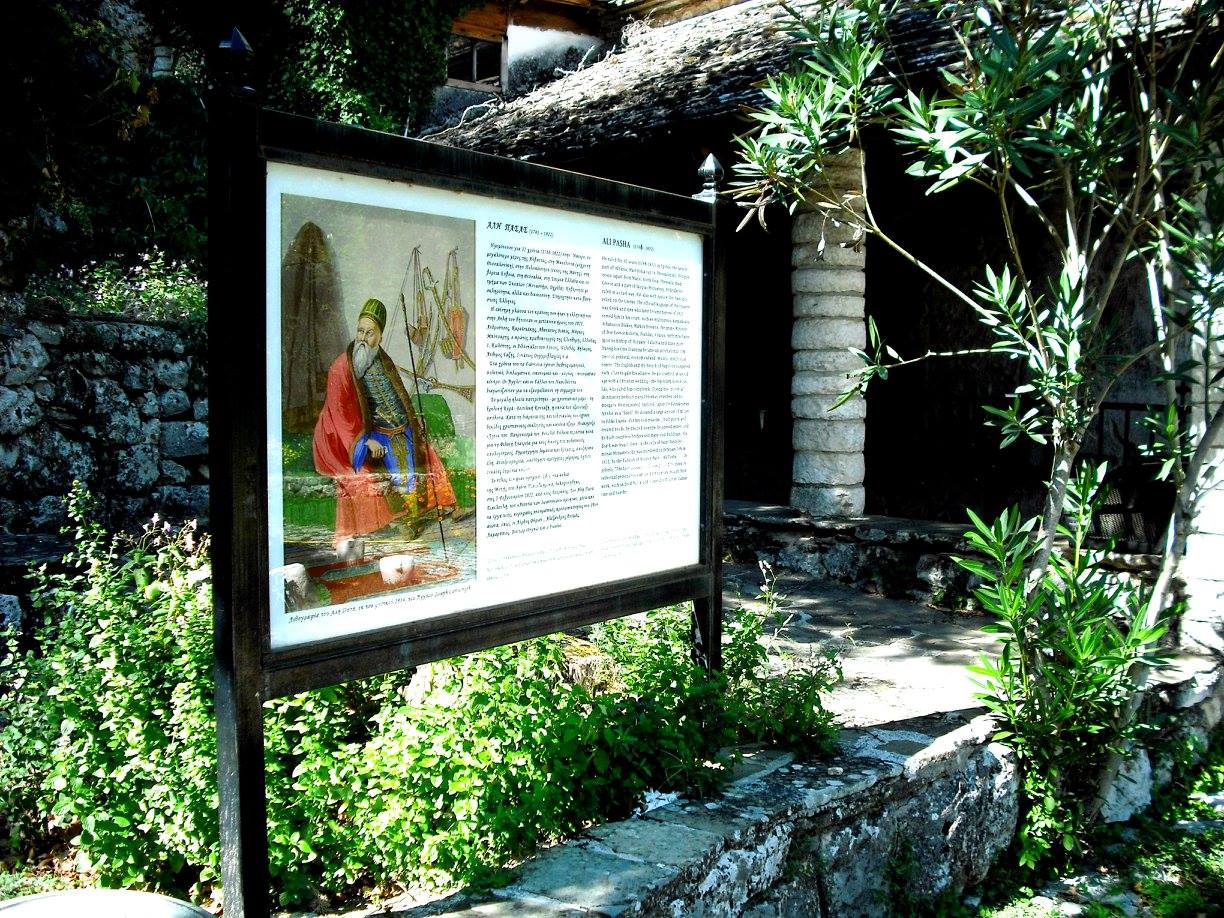
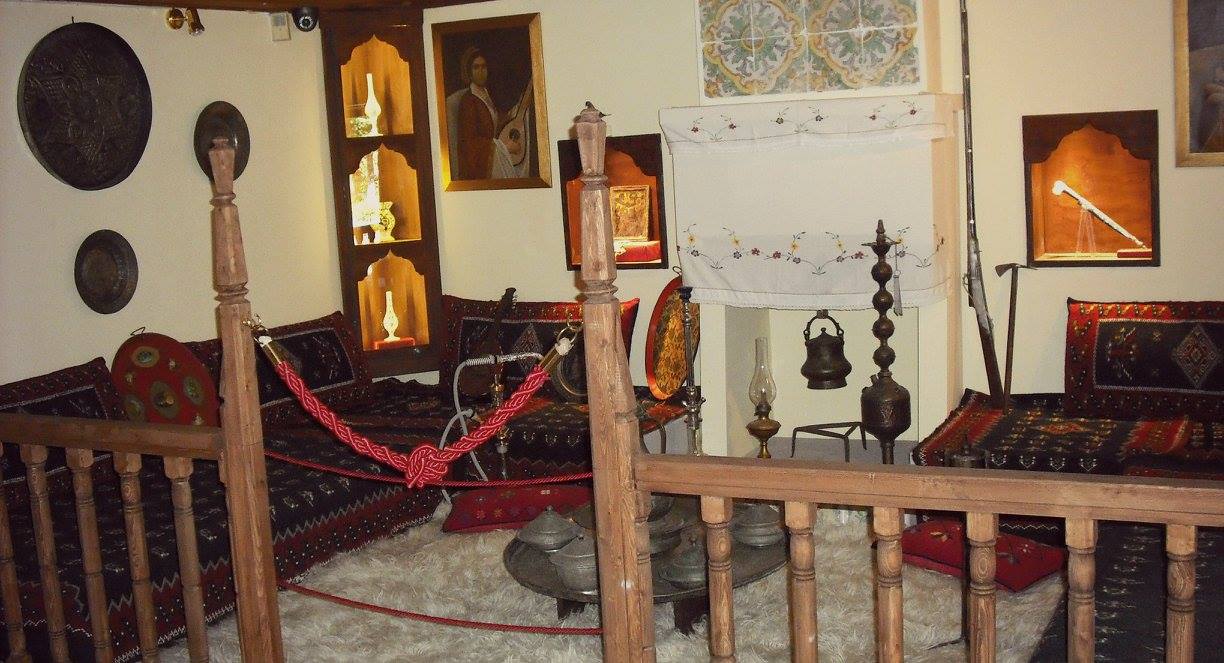

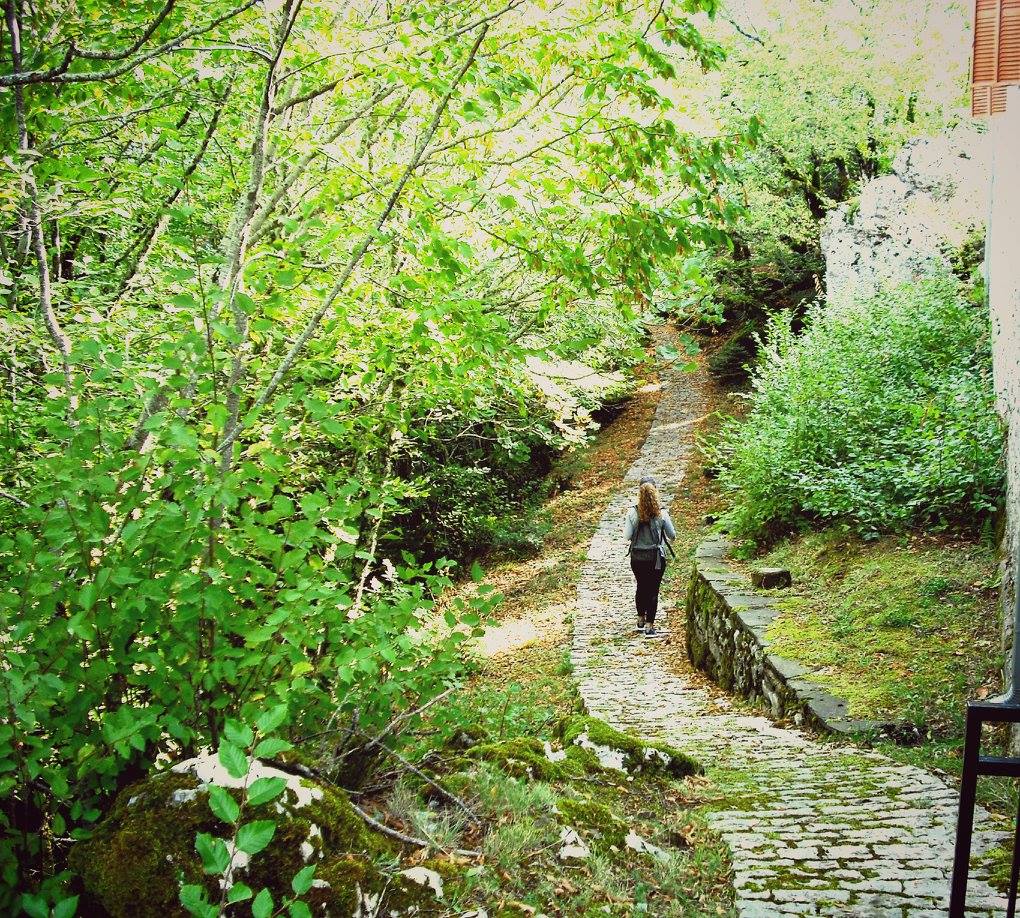
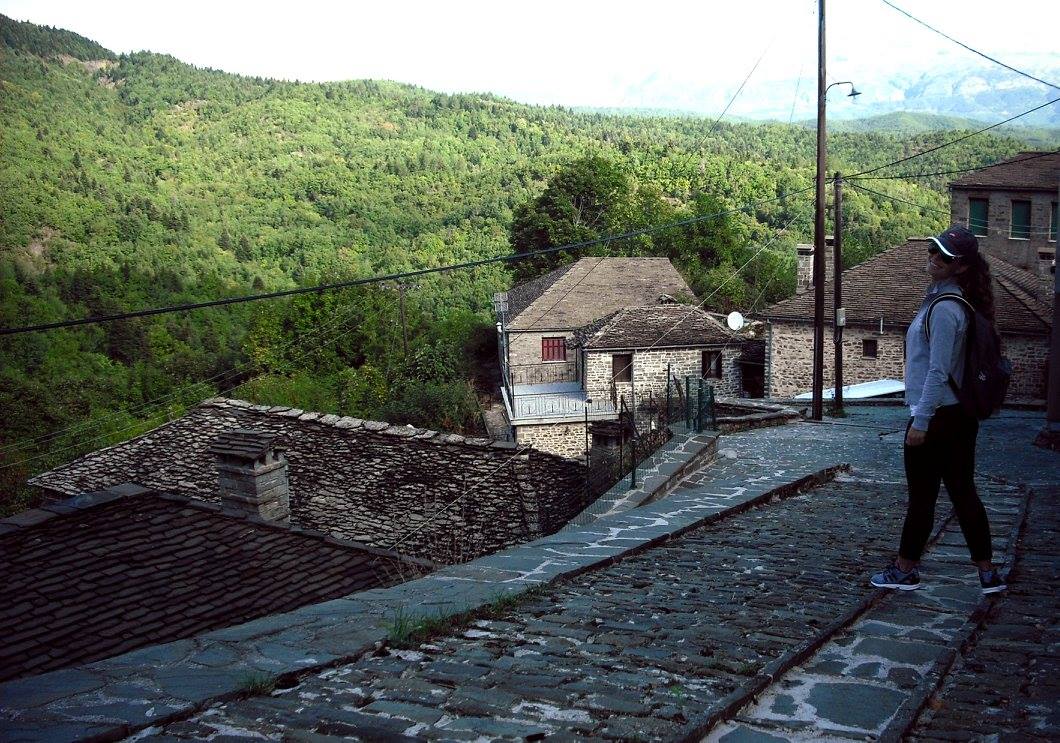
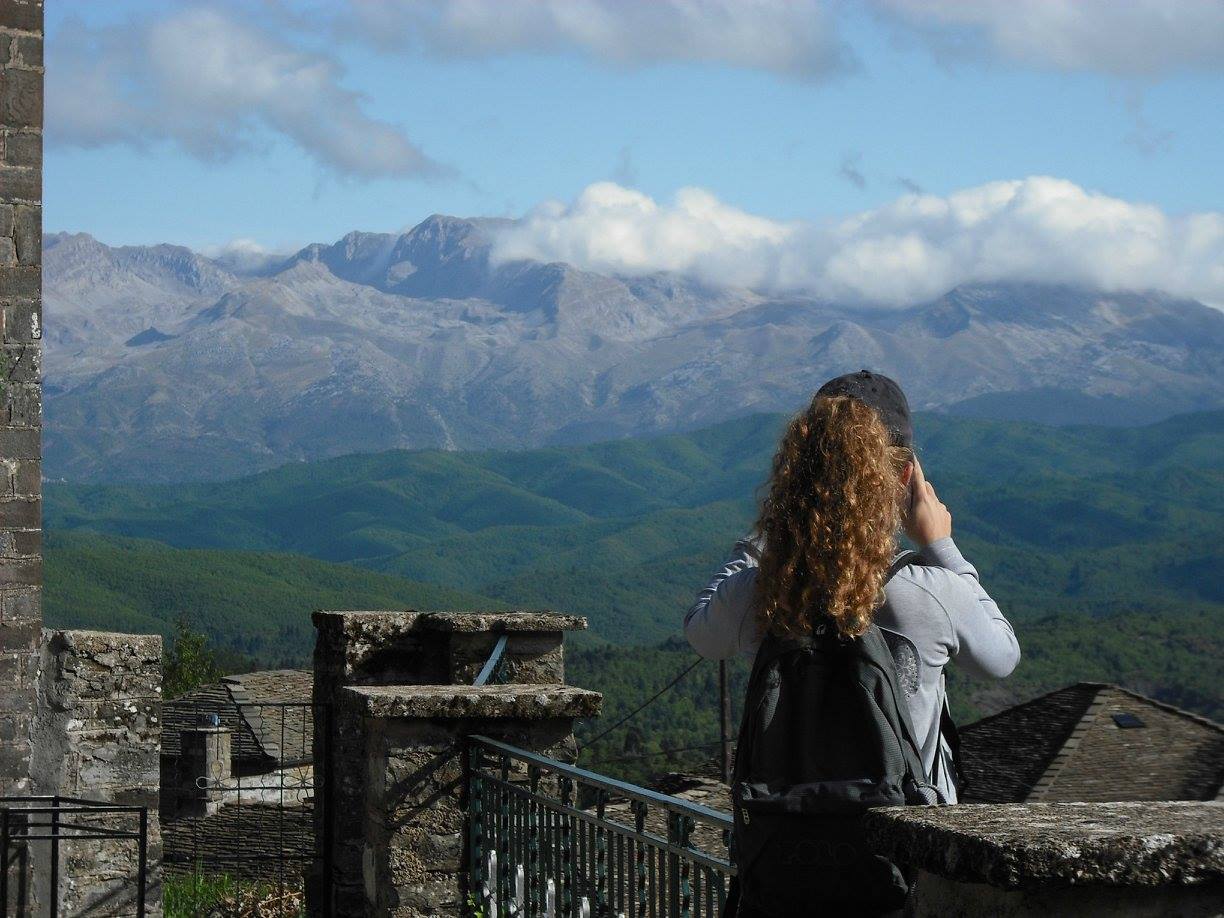
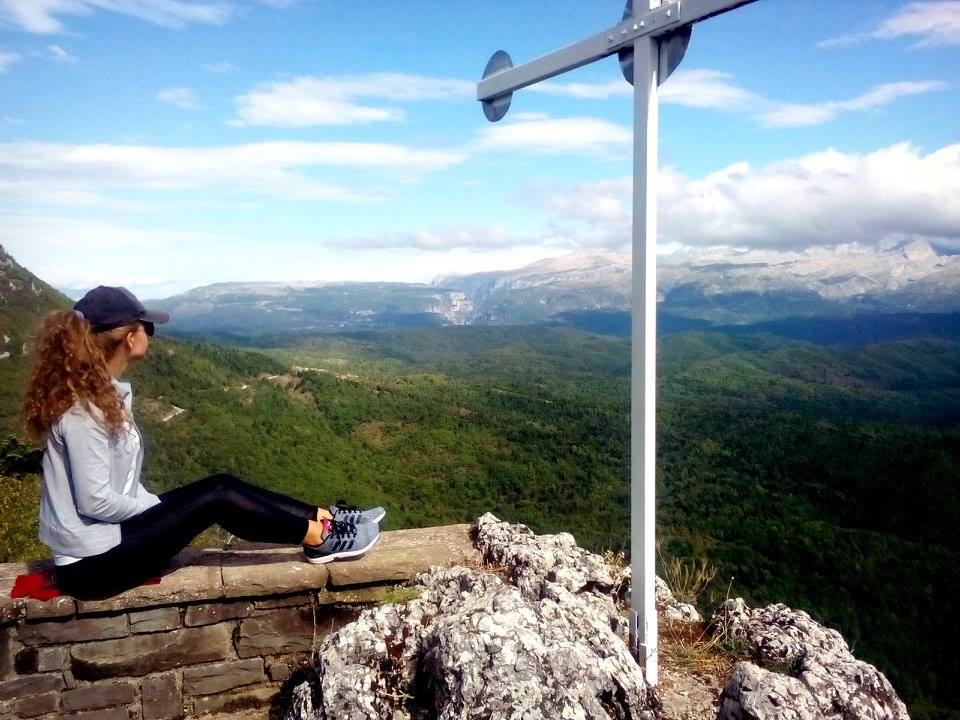

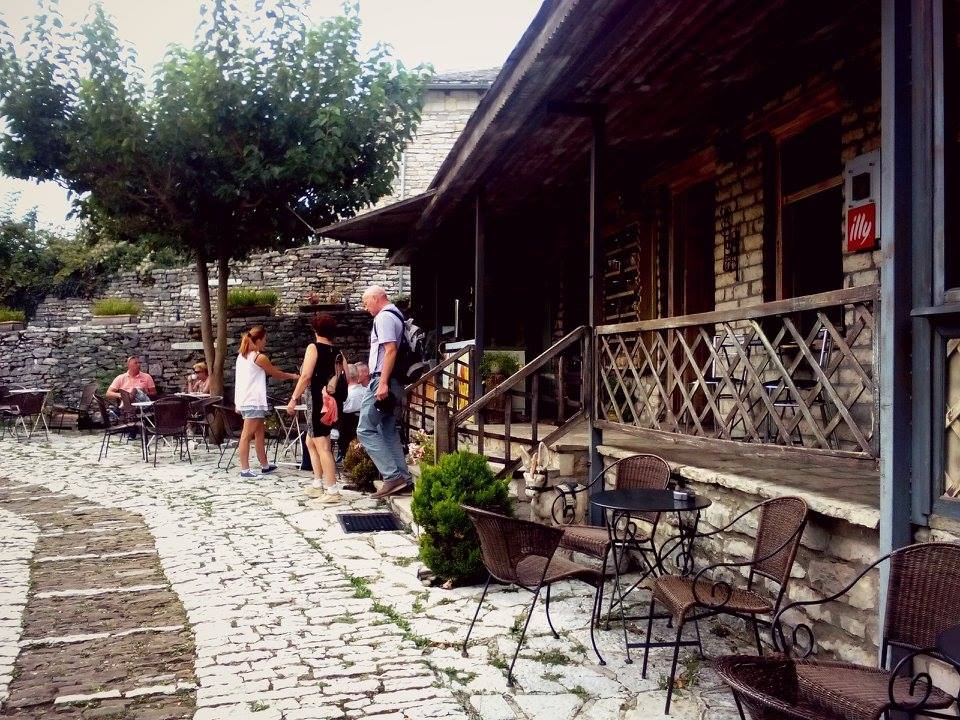
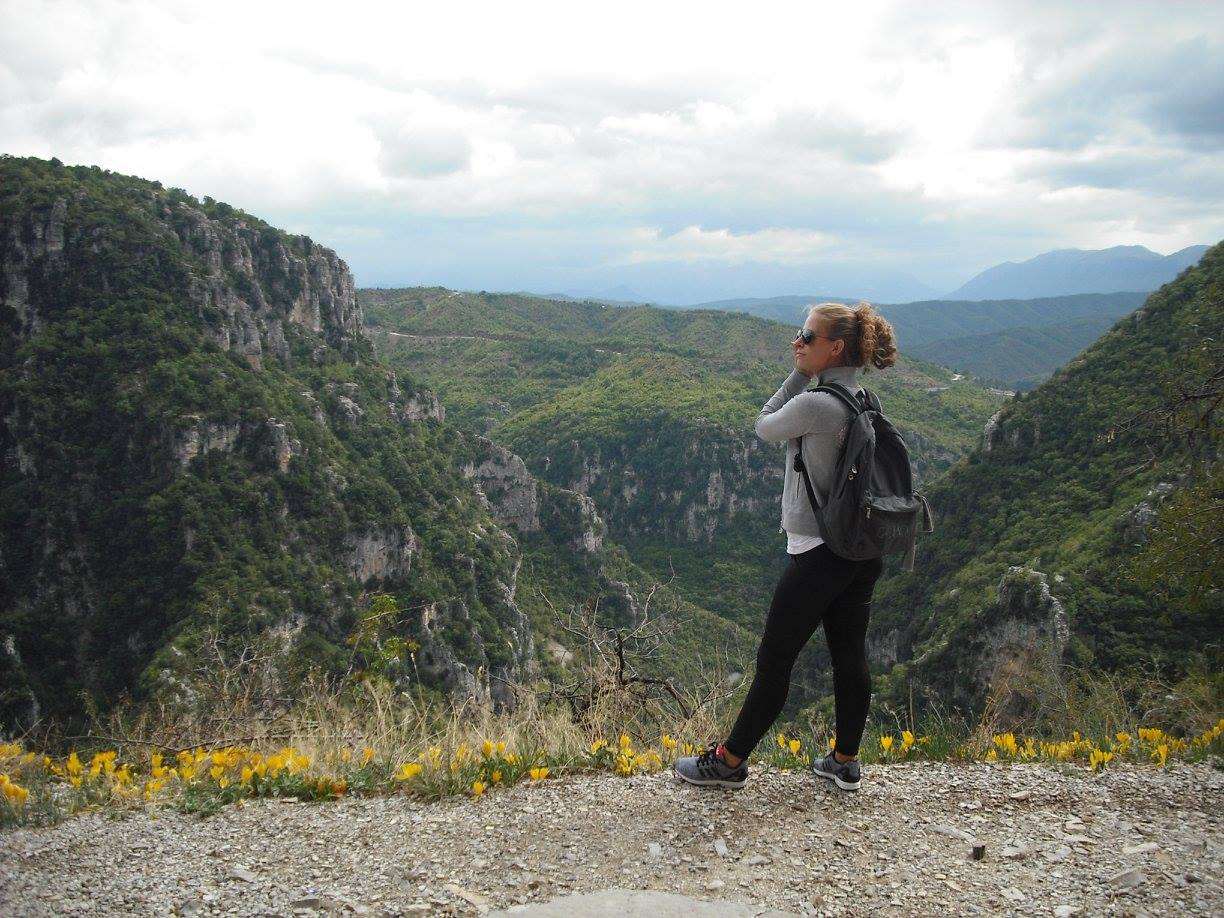
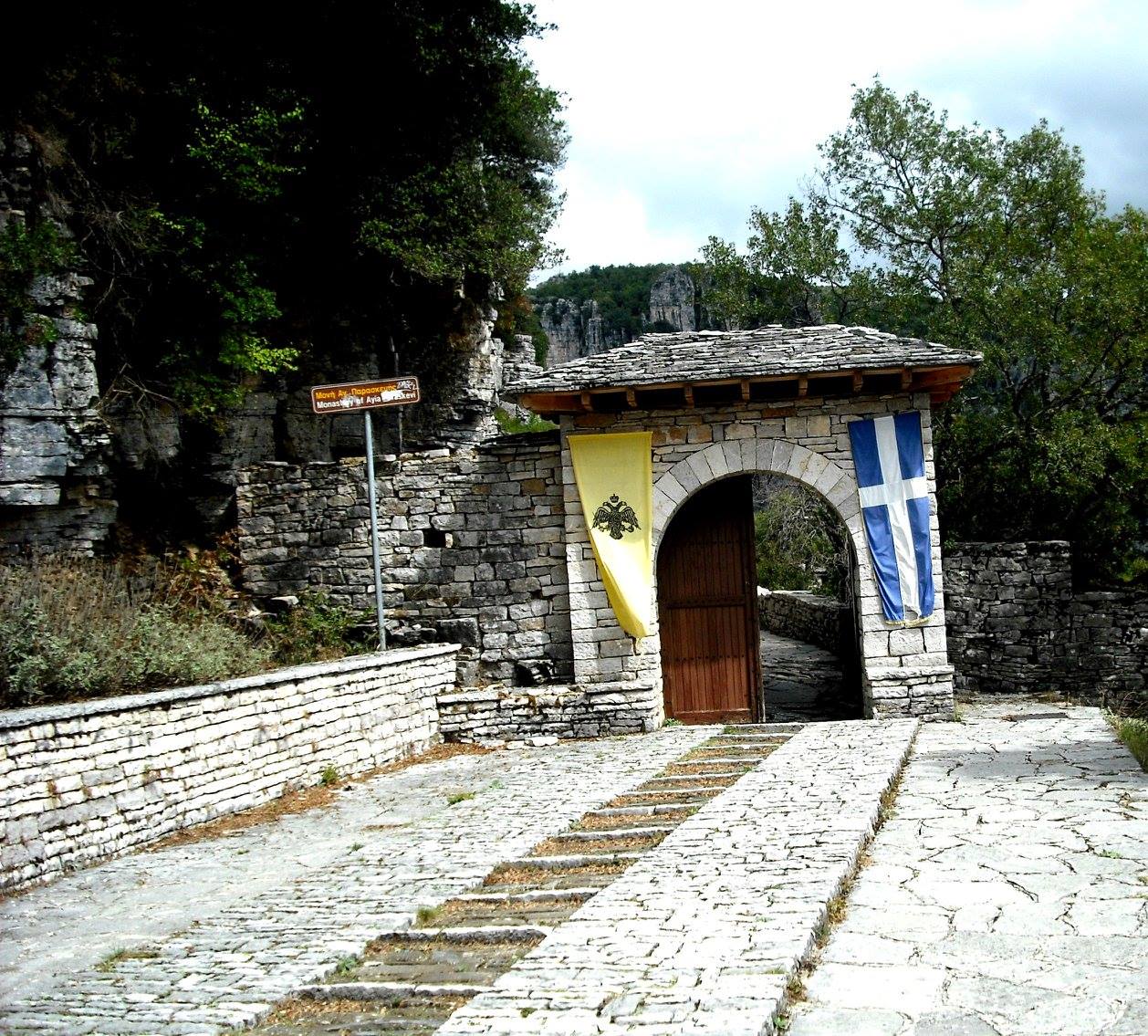
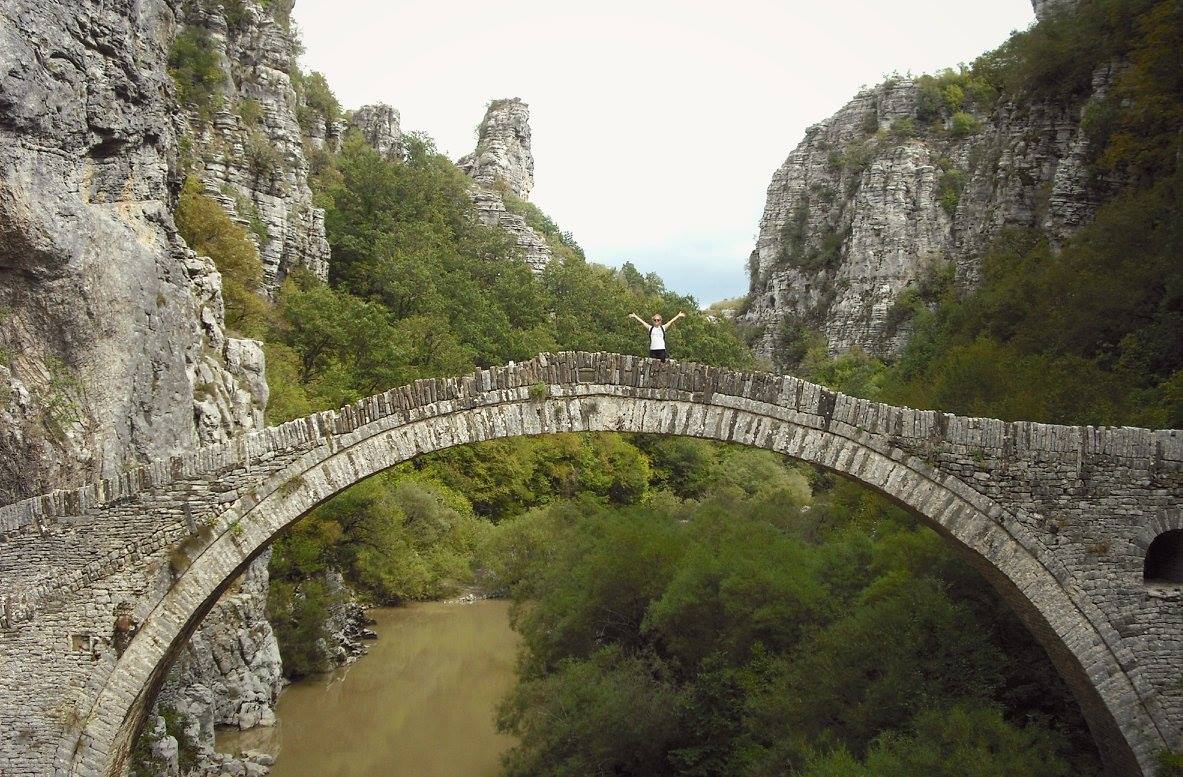
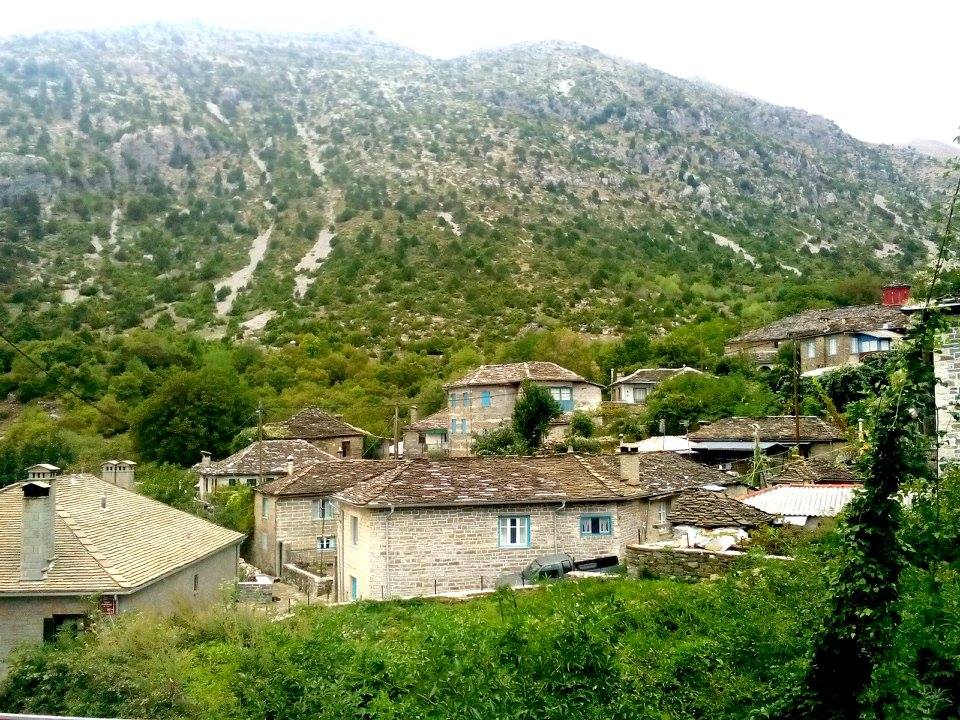
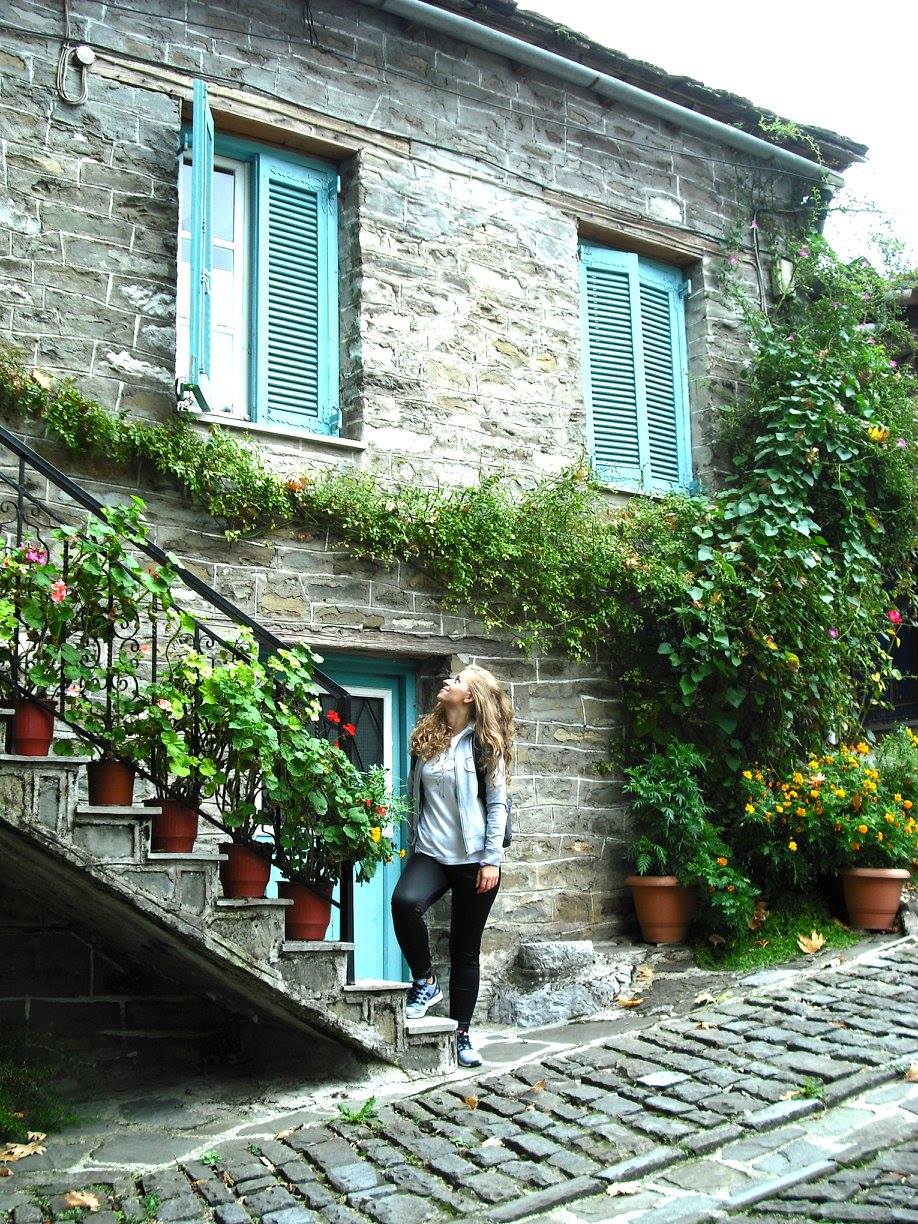
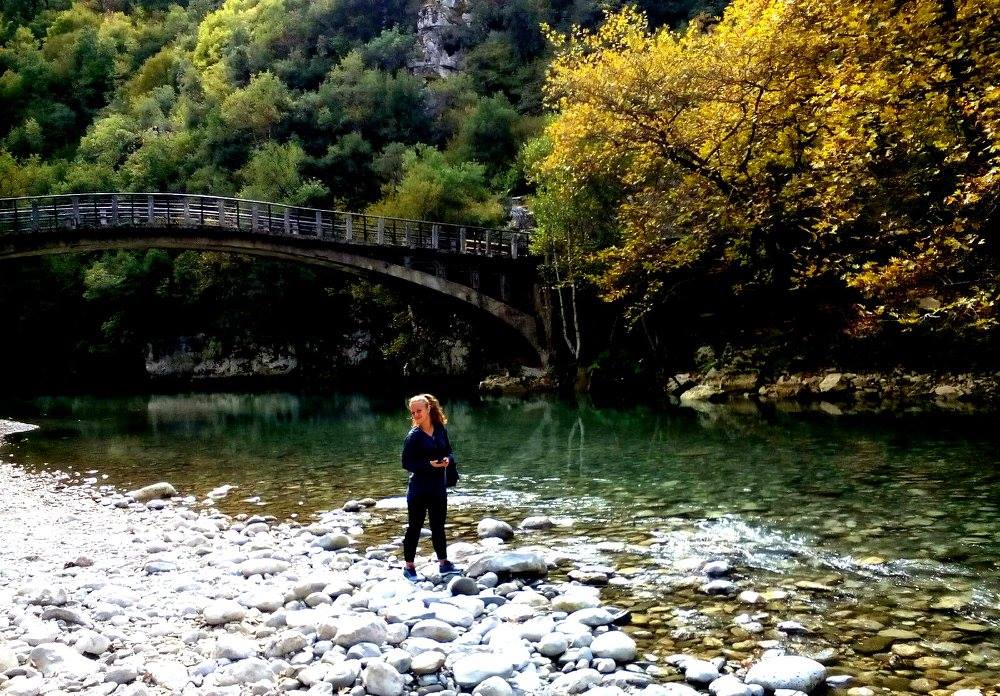

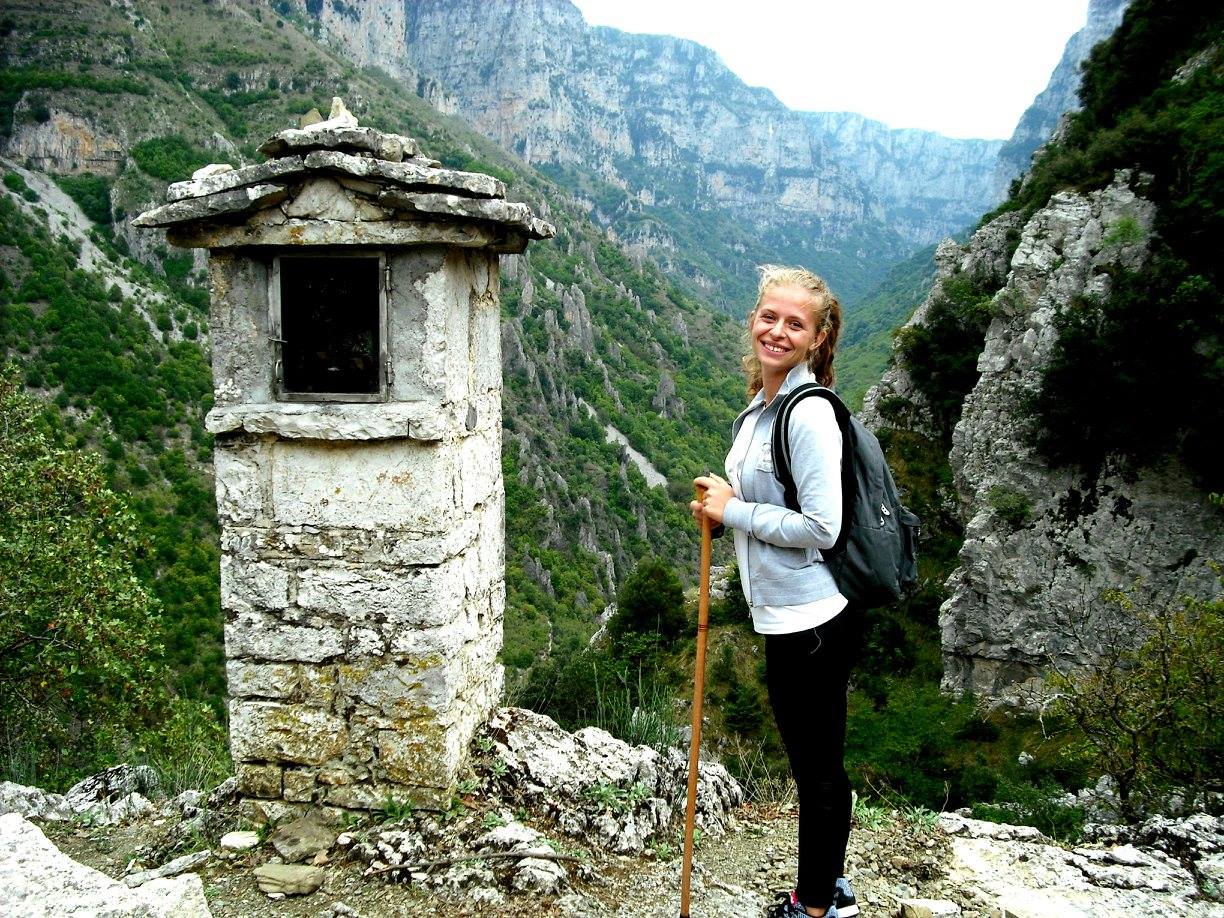
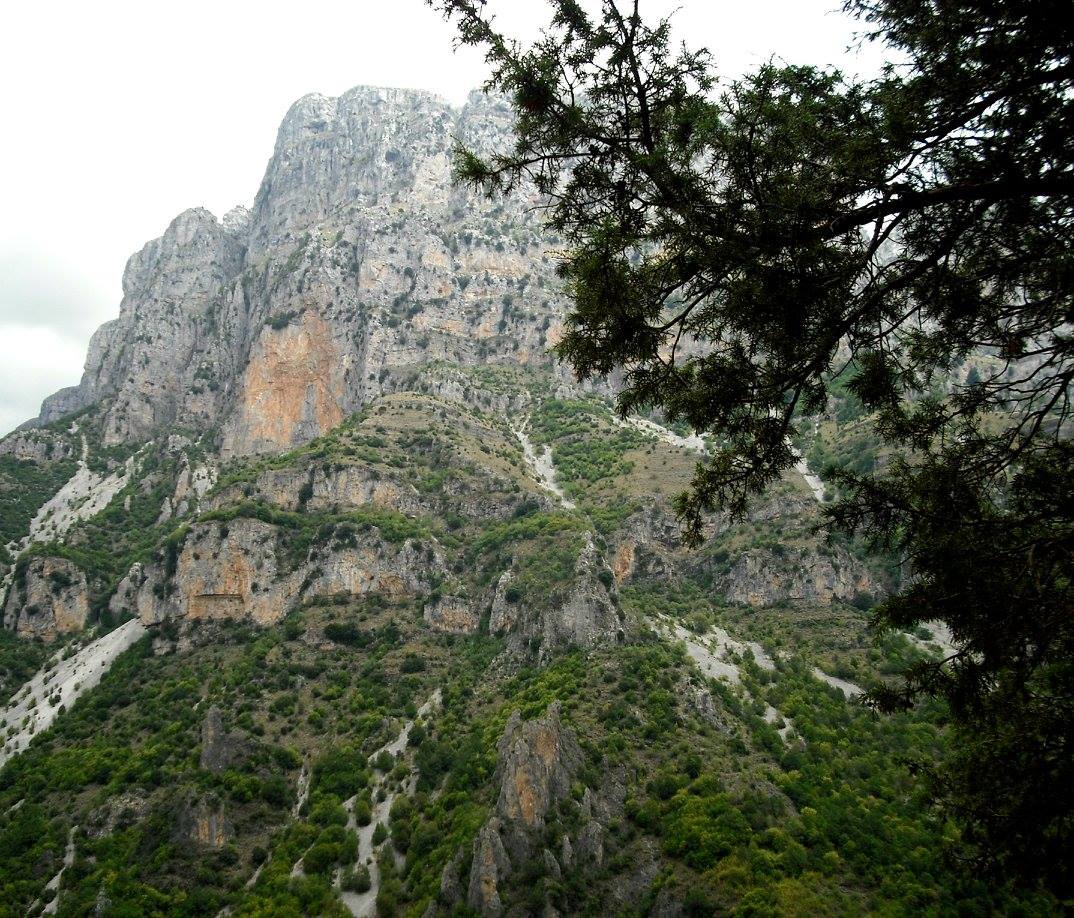
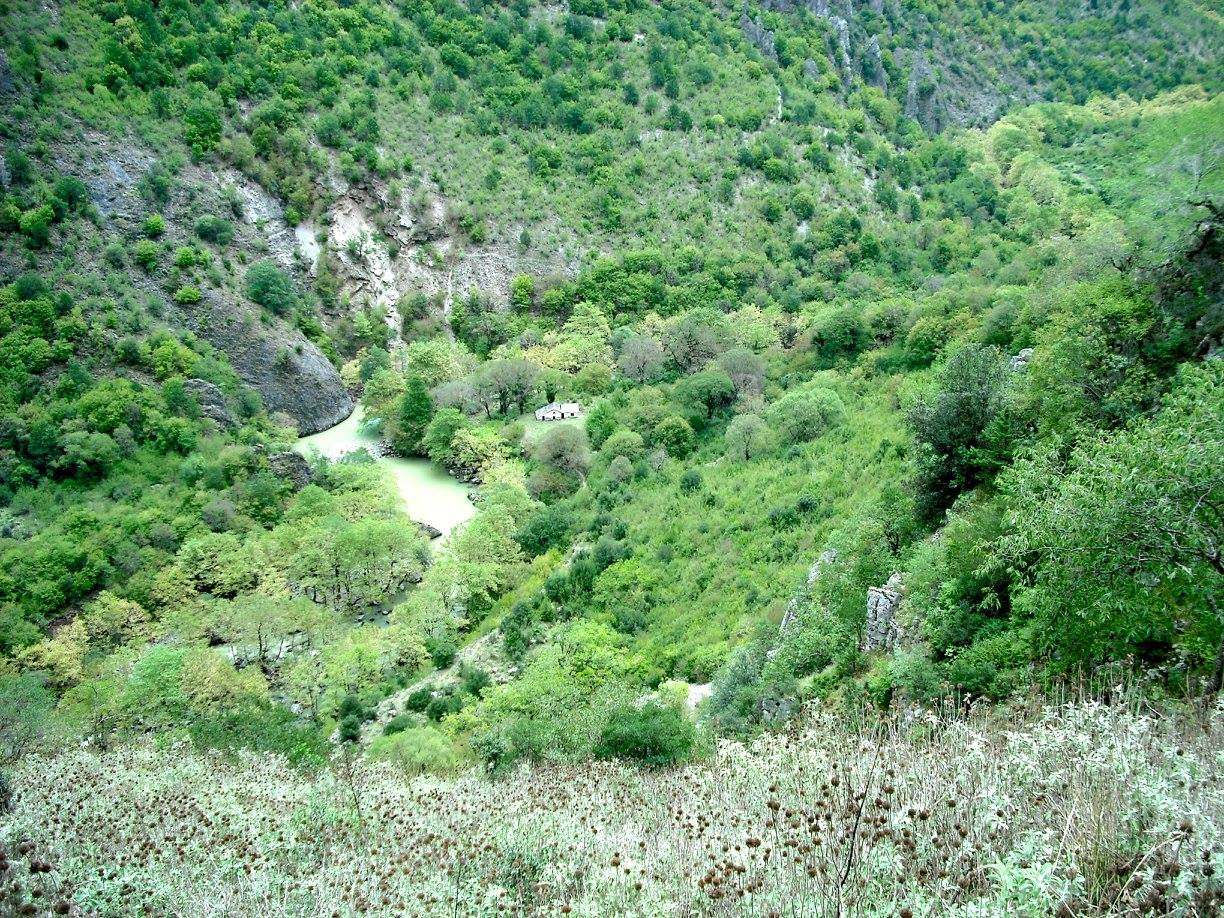
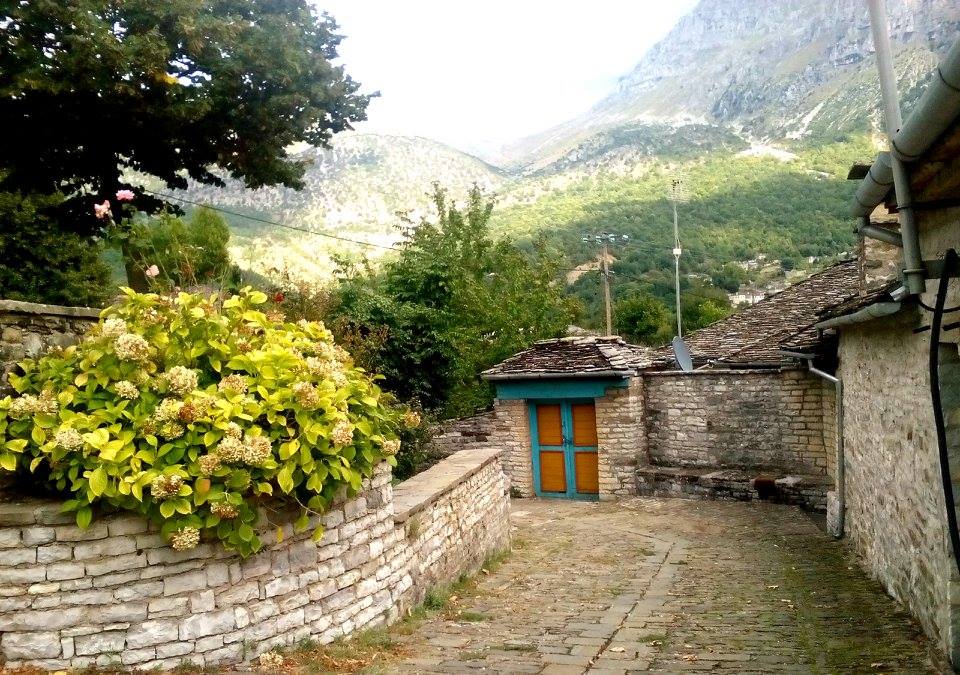
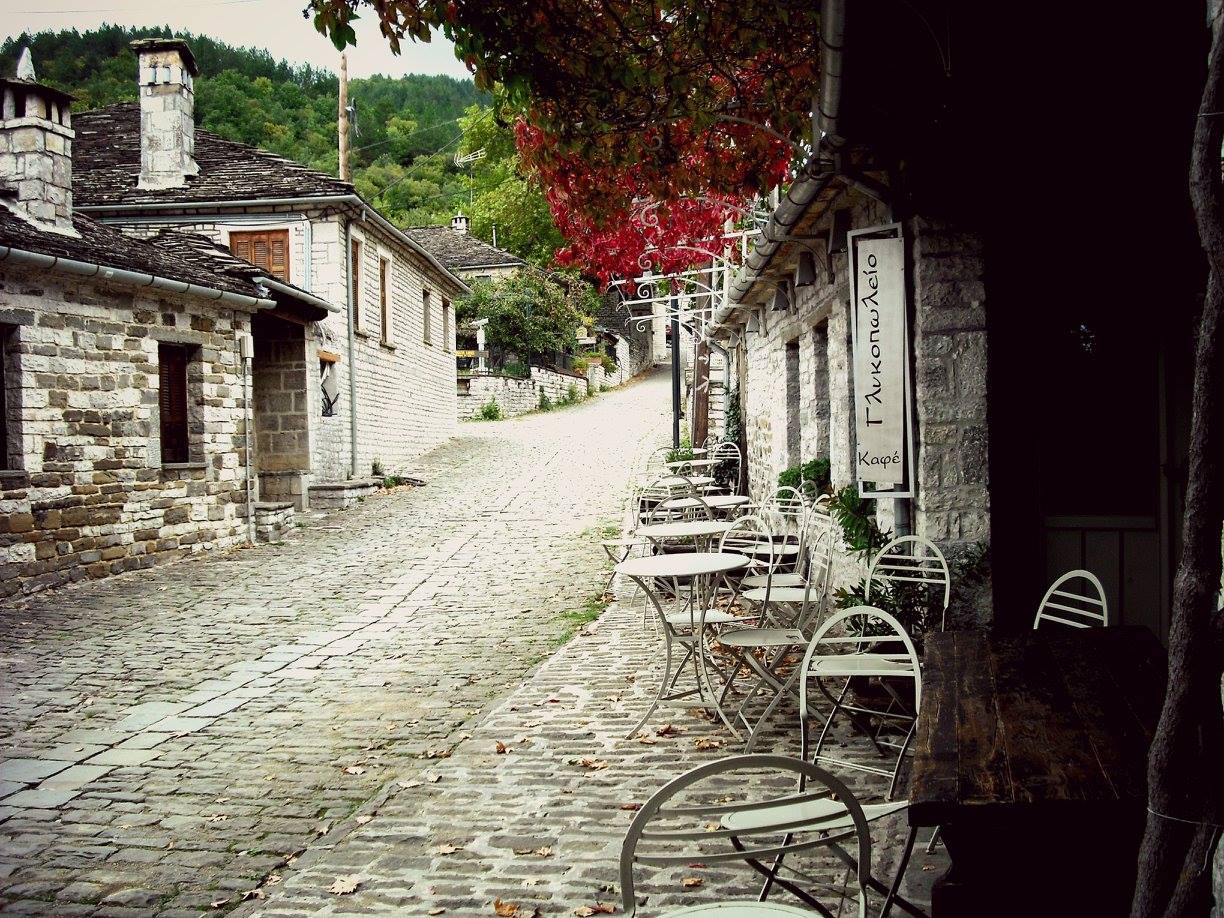
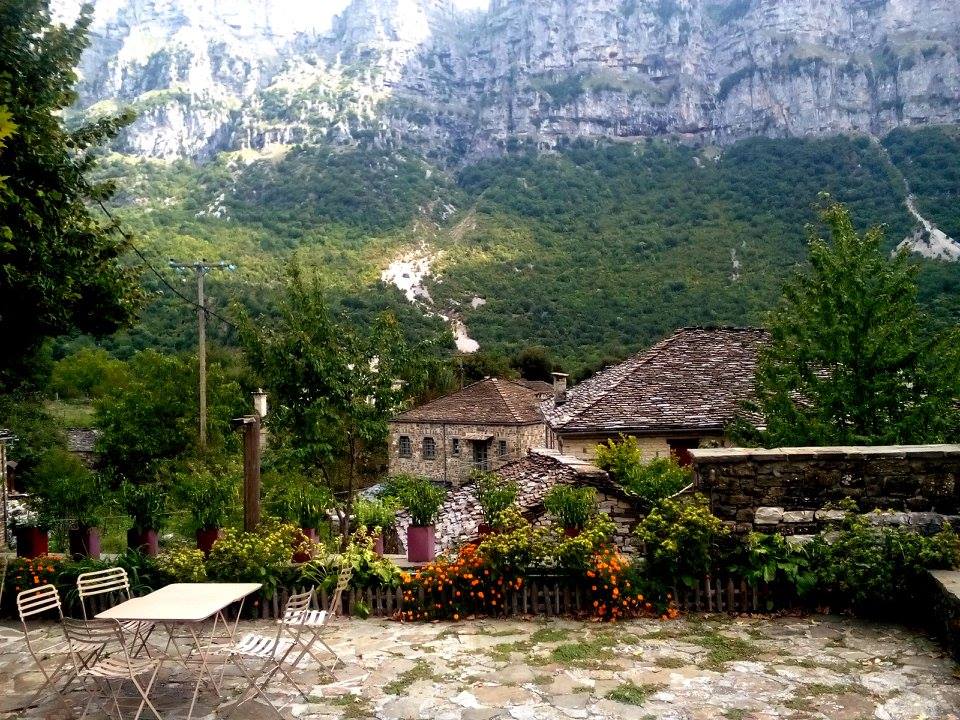
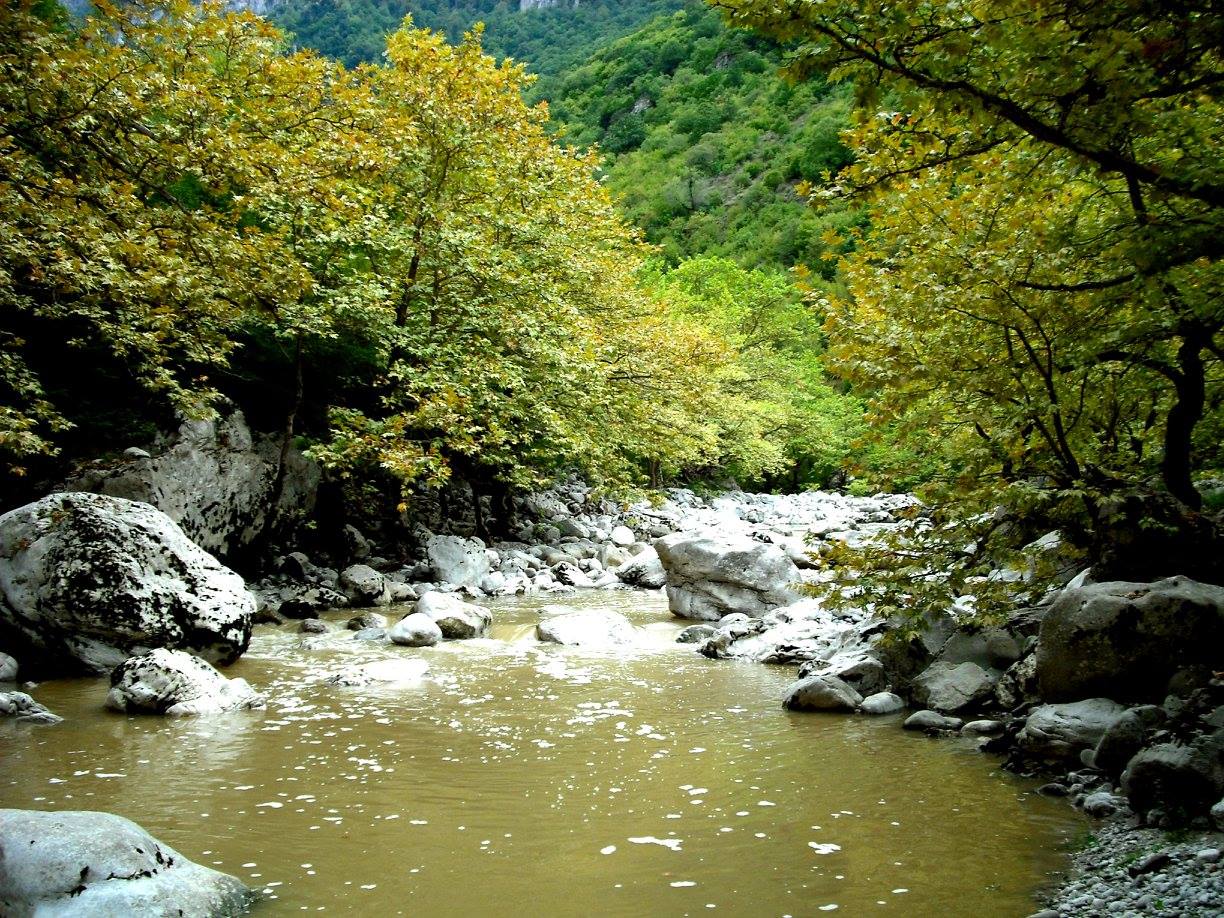
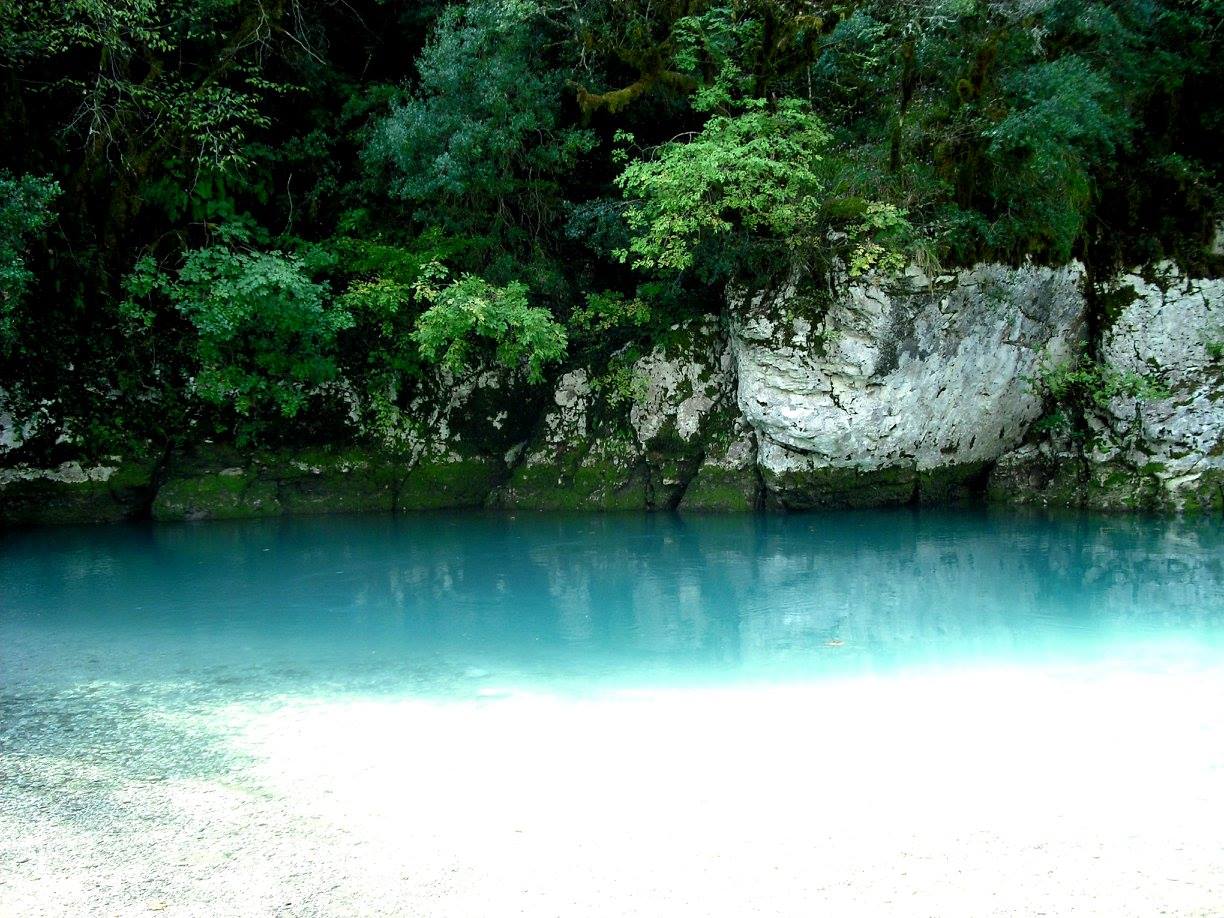
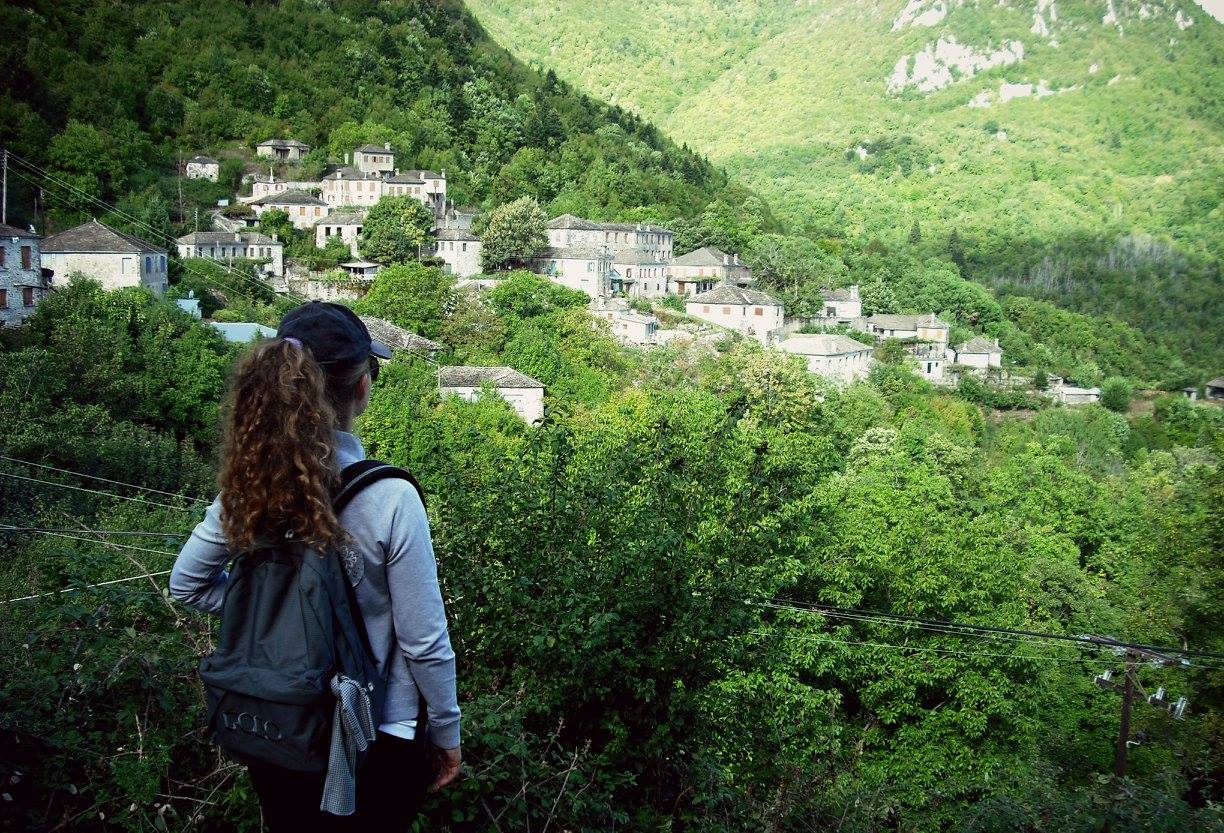

















































Post a Comment
NOTE
All your questions in the comments will receive an answer via email so check your inbox shortly after you posted comment. For more detailed questions and responses, contact us via mail nikana@nikana.gr.